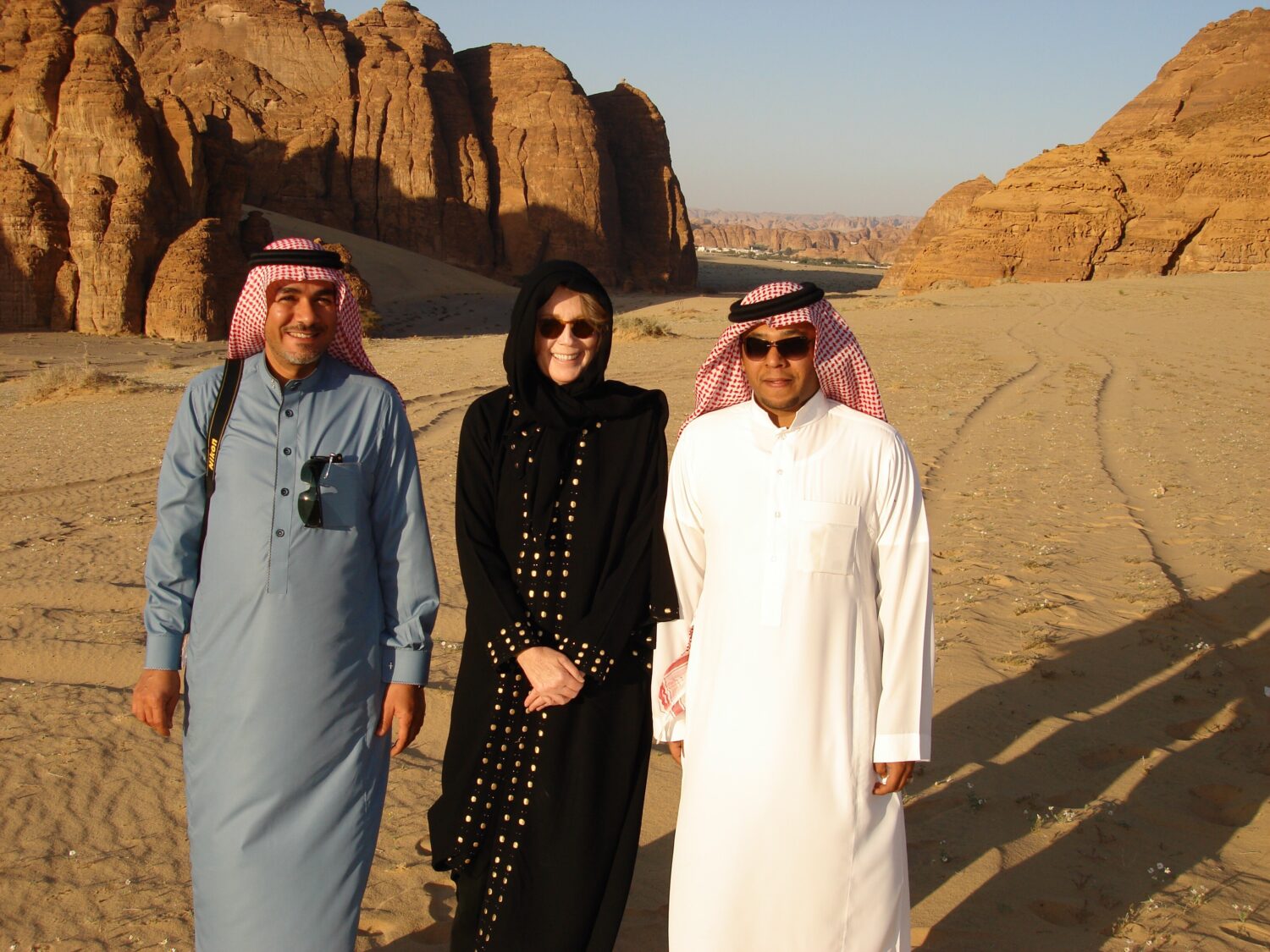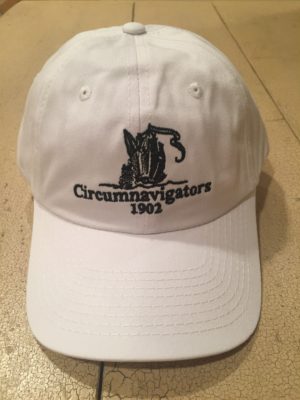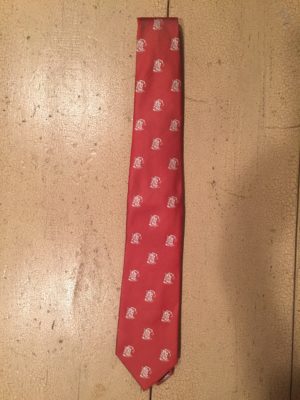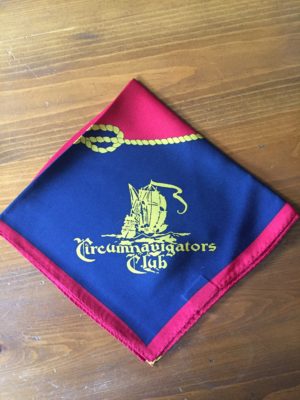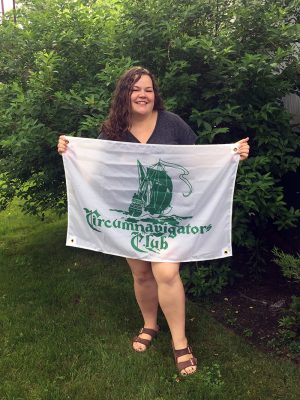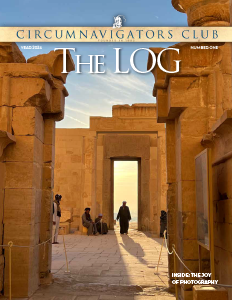2020 – Photo Contest – Human Interest

Venetian Sparkle
My wife and I experienced the Carnival of Venice for the first time a few years ago. Photographing the many elaborate, colorful costumes worn by the masked participants kept me (and my camera) occupied for our entire visit.

Girl at Window
This photograph was taken in the simplest of settings with natural light, at the Palais des Papes in Avignon, France during the annual festival. The little girl was totally immersed in watching the parade and dancers outside. A second later, her grandfather called her and she took off running!
Photographer’s statement: Most memorable moments are the result of serendipity. The wishful saying “luck to you” certainly applied here!
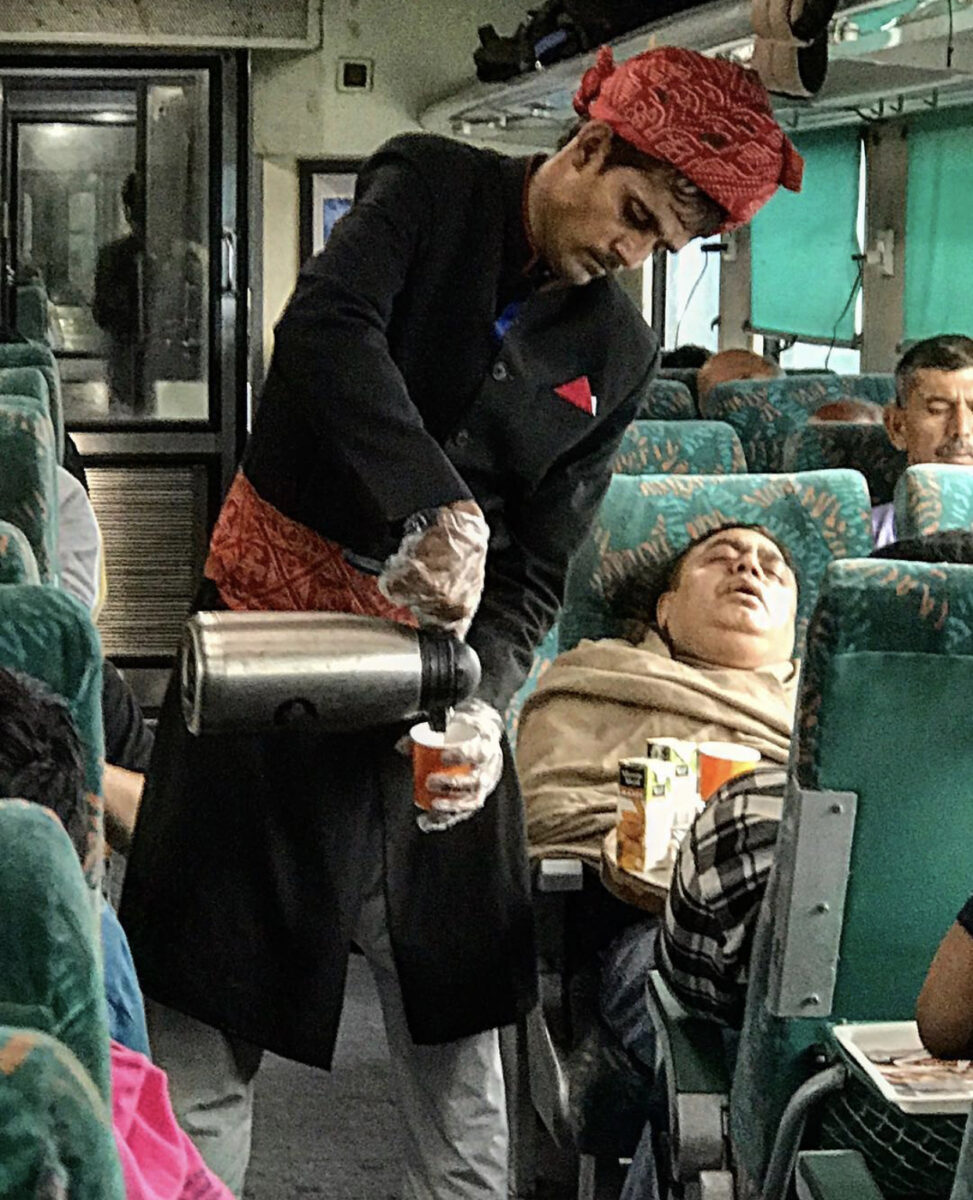
Weekend at Bernie’s on the Gatiman Express Train to Agra
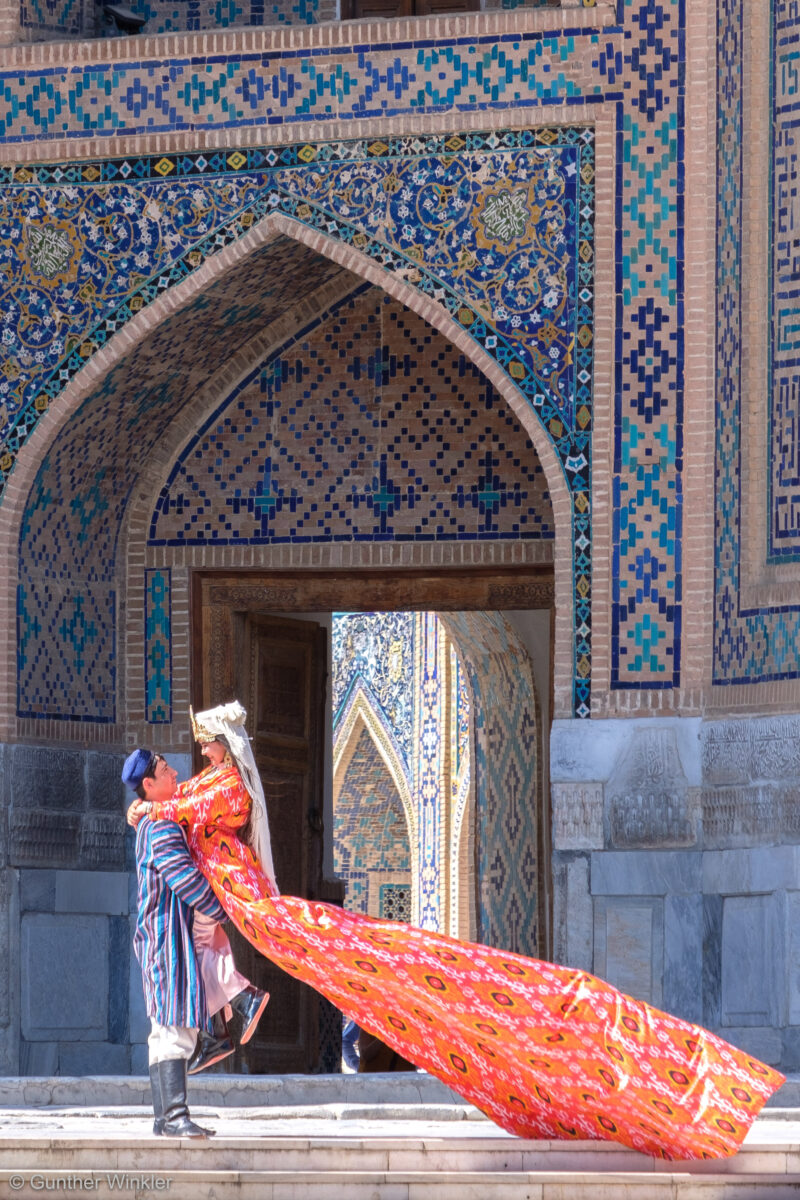
Wedding, Samarkand, Uzbekistan
My favorite subjects in travel photography are people. They are the window into different cultures and life in faraway countries. The two photos I chose happen to be from the same city, Samarkand. I selected them because they represent emotions that all people share around the globe.
The first photo shows a happy couple on their wedding day. They decided for the 15th century Registan as backdrop, which accentuates their traditional wedding dresses.
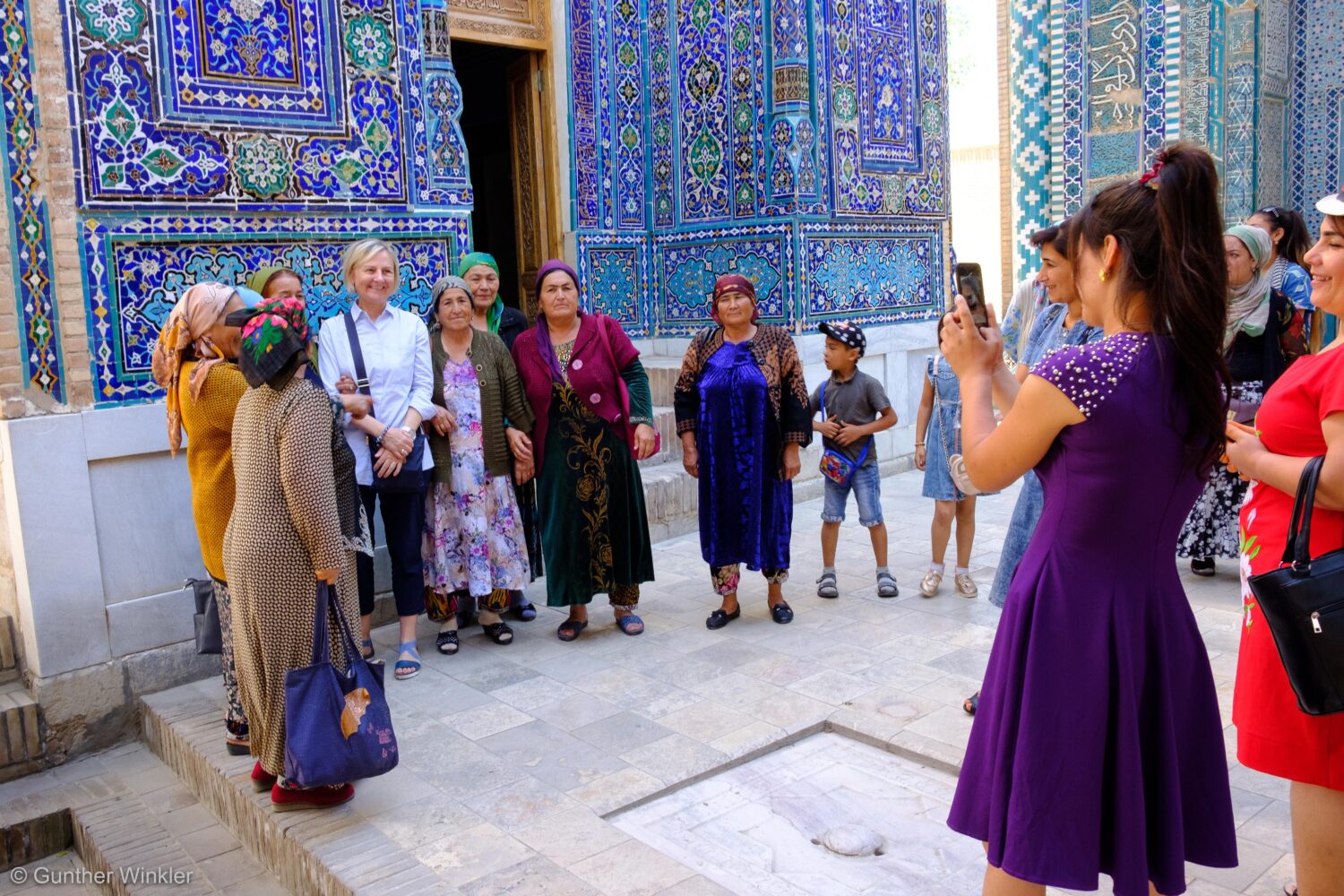
The Blond Visitor, Samarkand, Uzbekistan
My favorite subjects in travel photography are people. They are the window into different cultures and life in faraway countries. The two photos I chose happen to be from the same city, Samarkand. I selected them because they represent emotions that all people share around the globe.
A reversal of what we usually do in foreign countries, take pictures of locals. In this case my wife stood out as the only blond woman on site and the local tourists wanted to be photographed with her. A moment of shared curiosity in each other and hopefully a moment of connection across cultures.

High Priest of Thor in Iceland
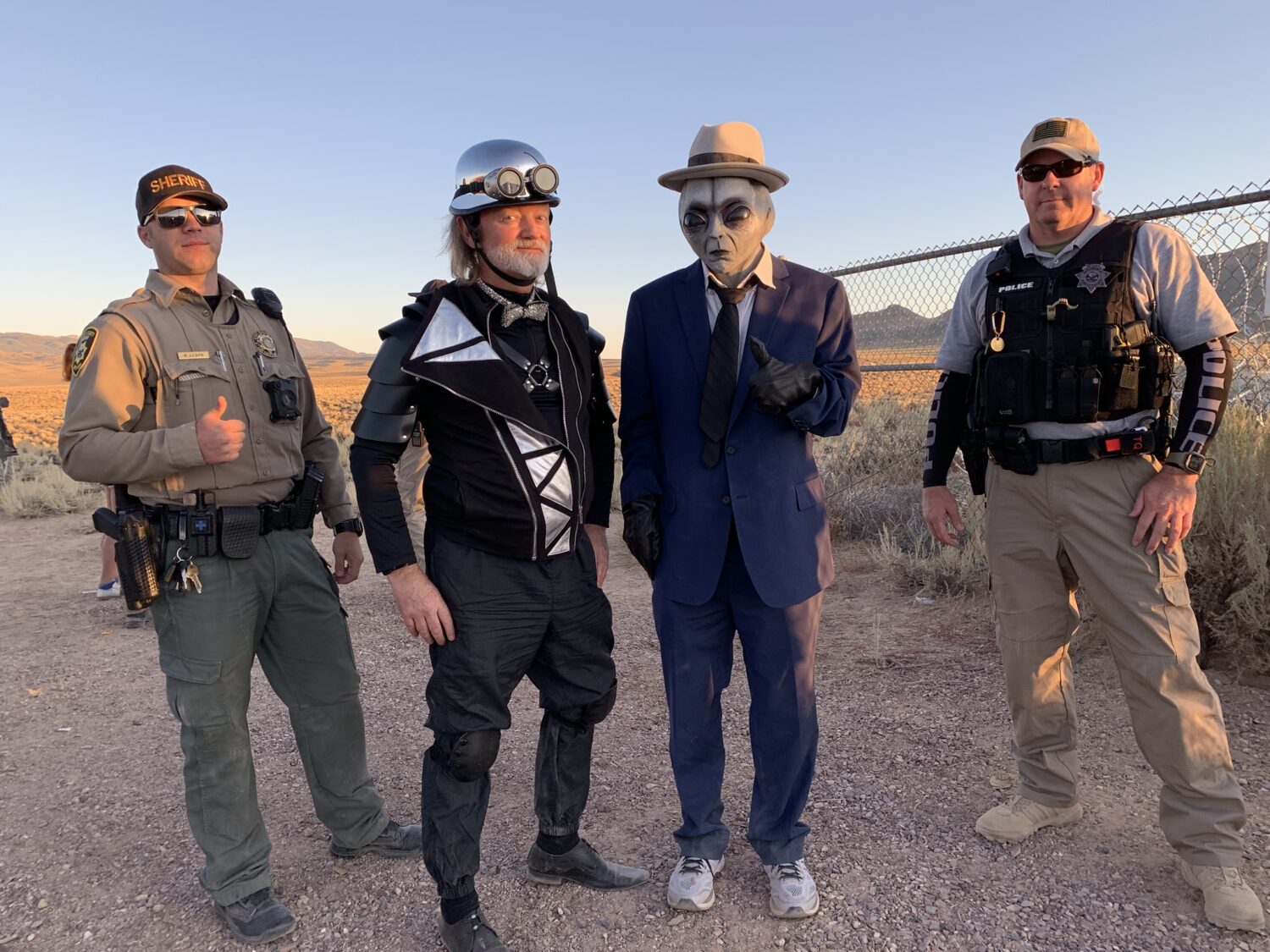
Storming Area 51
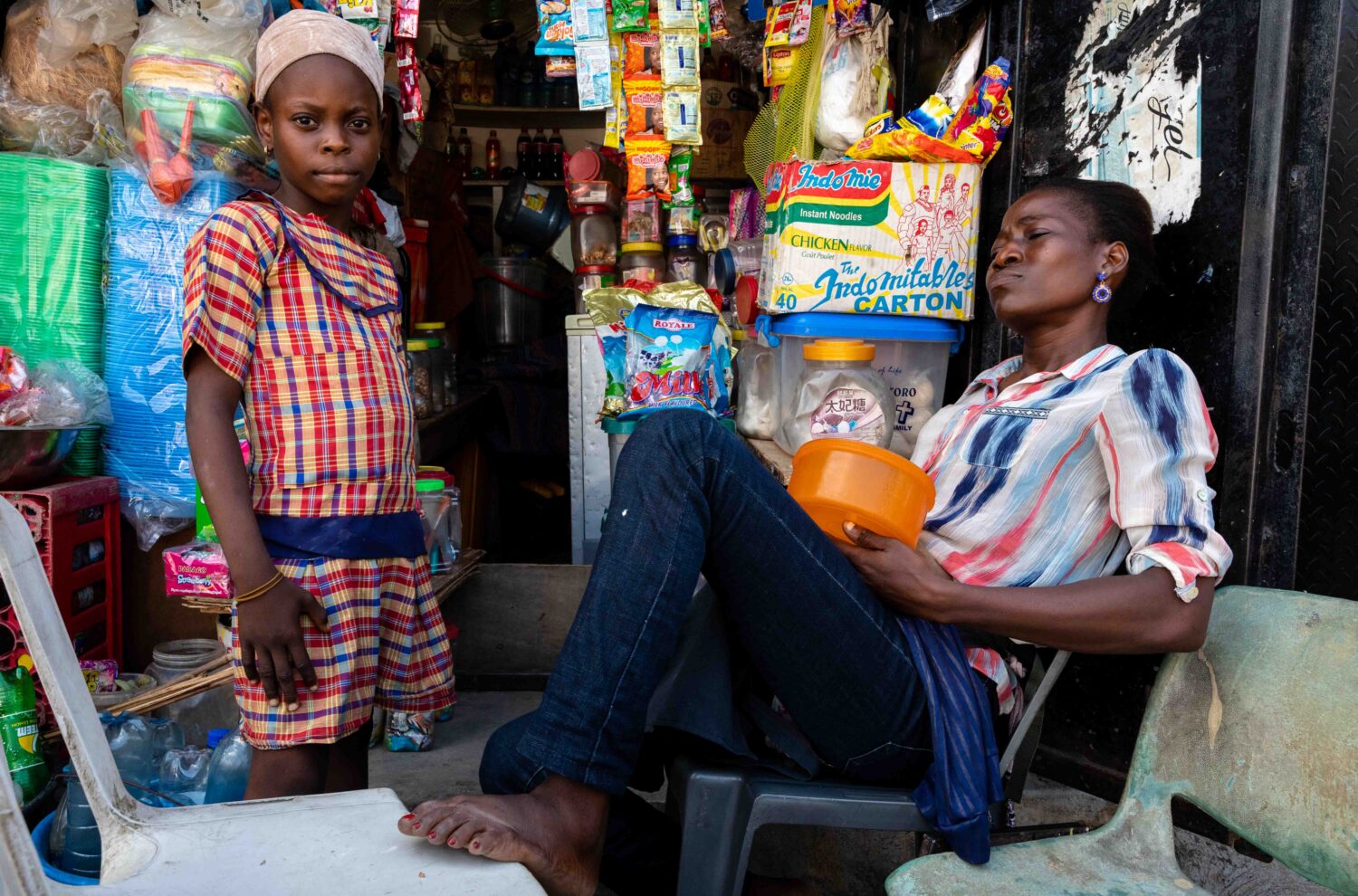
Lagos, Nigeria
I wanted to photograph portraits of people on the streets in Lagos. My guide was unsure whether this would work, telling me that people in Lagos don’t like having their photos taken by tourists. But I persisted, so we gave it a go, accompanied by a police officer for protection. Once we started talking to people, most were open to being photographed. That afternoon was one of the most satisfying photographic walkarounds of the trip and an important lesson in asking rather than just assuming that you’ll get a “no.”
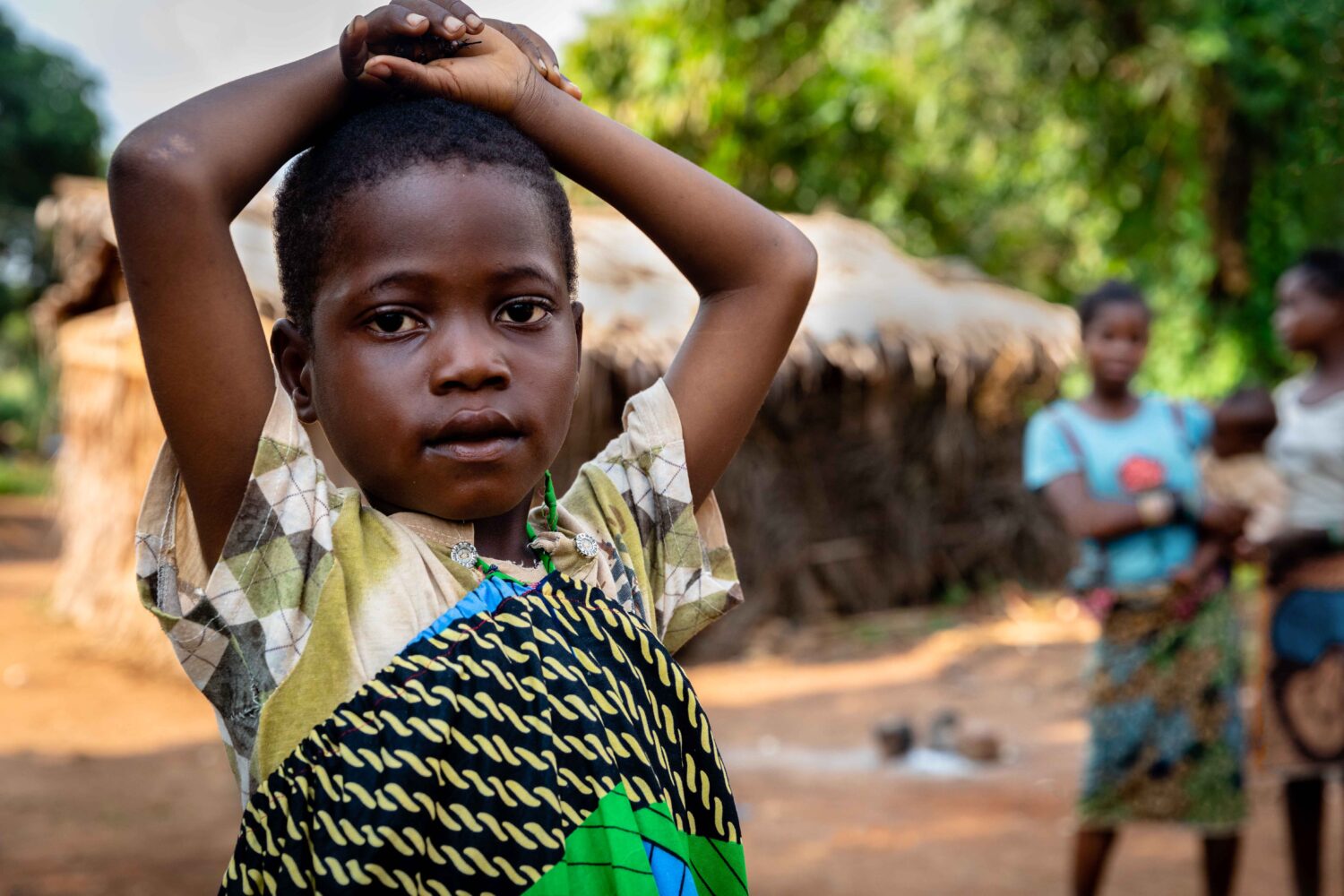
Yamboro, Central African Republic
Yamboro is a small village within driving distance of Bangui, the capital. While the primary purpose of the visit was to meet Pygmies, we also met other people in this area, including this young girl.
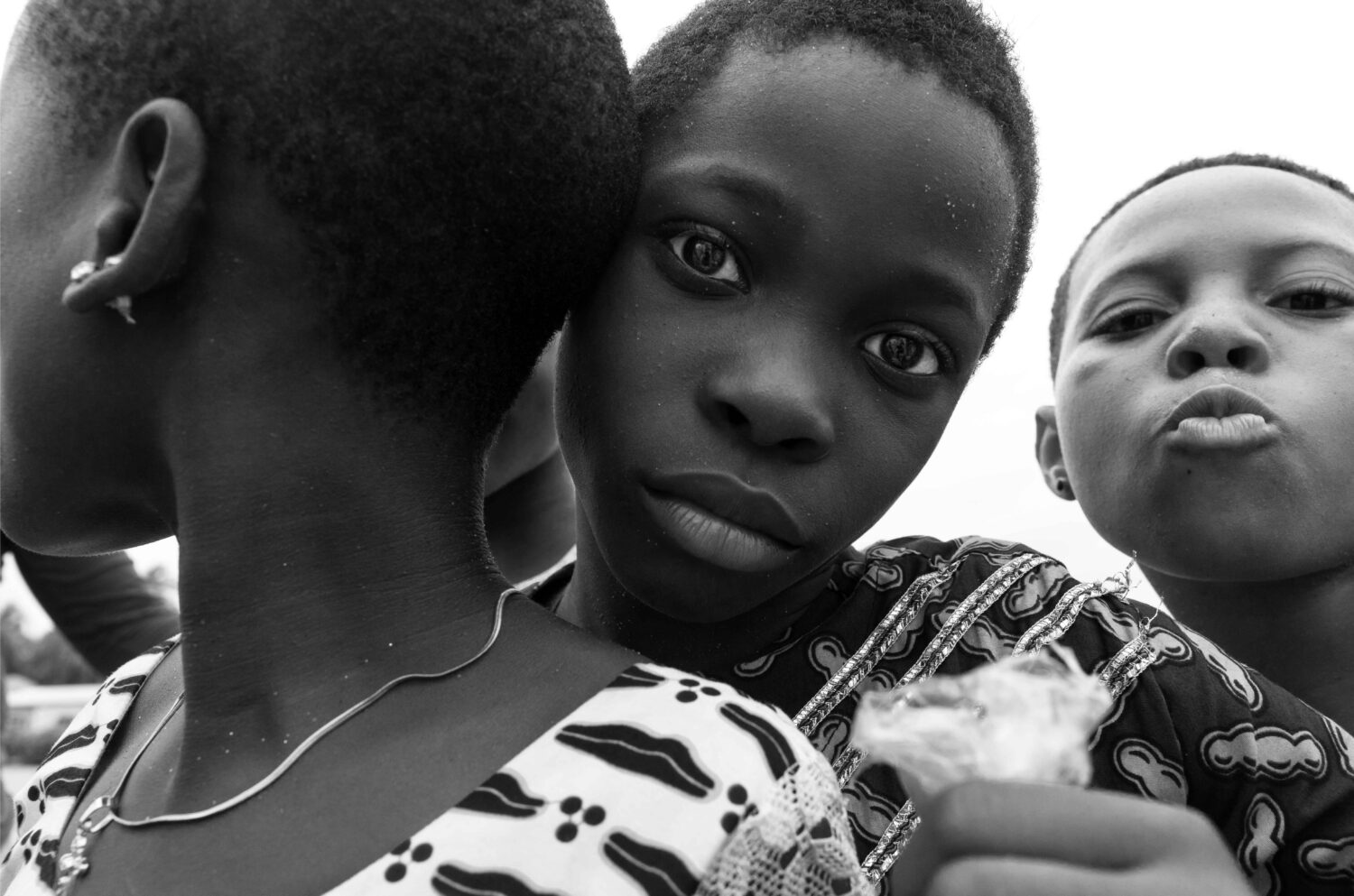
Ouidah, Benin
Sometimes the best experiences – and the best photos – happen when something unexpected occurs. When visiting La Porte du non retour in Ouidah, Benin, I was lucky: a school group was playing on the beach. Next thing I knew, they were swarming around me, checking out my limited French and my camera and, in the case of one particularly curious boy, trying to get my Fitbit off my wrist. As they were happy to have their photos taken, things soon developed into a photo session with much talking and laughter – and, in the case of this particular photo, one child’s moment of calm amid the clamor.
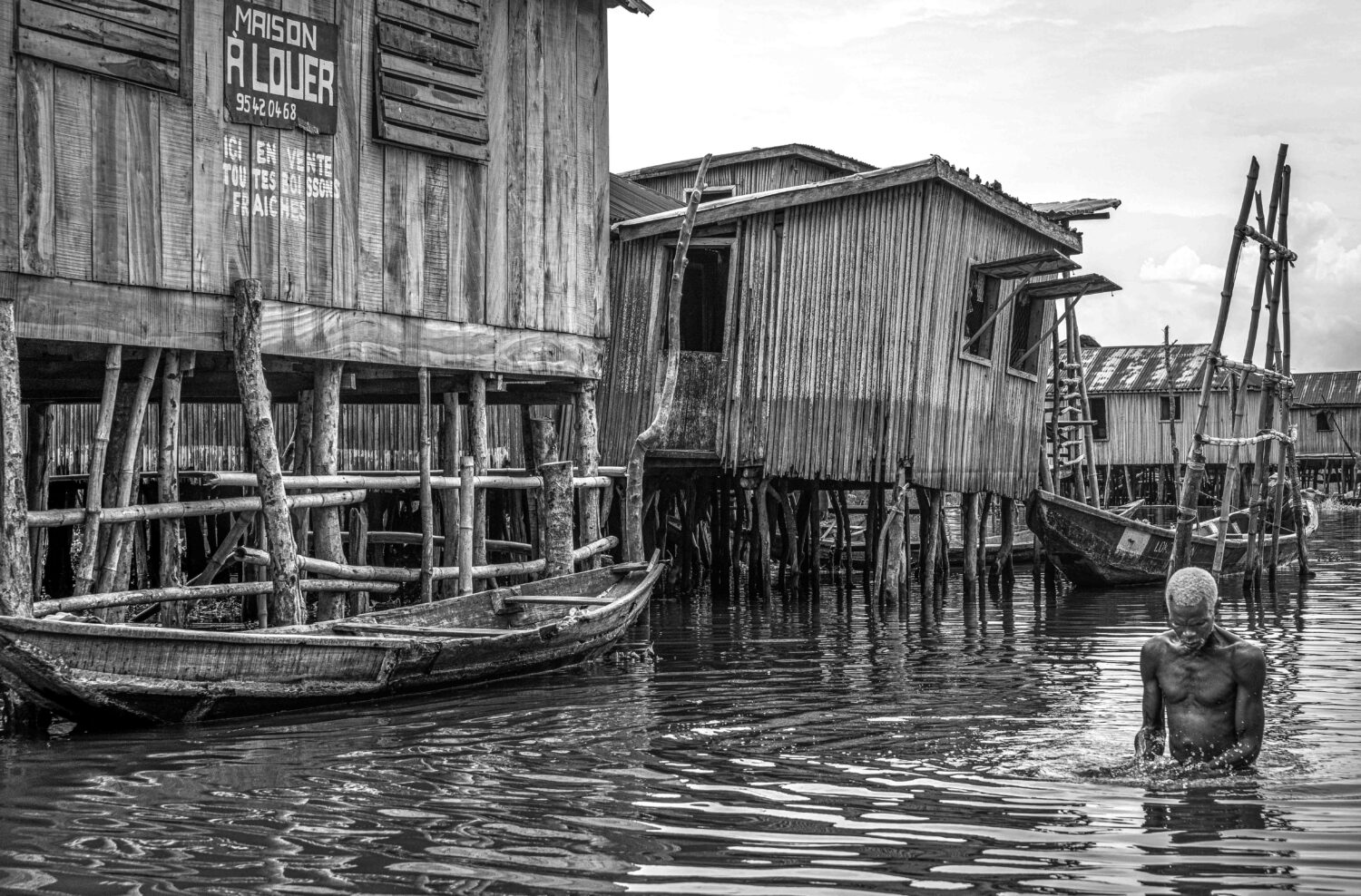
Ganvié, Benin
Ganvié is a stilt village not far from Cotonou in Benin. Much daily life takes place on or in the water, such as this man washing himself outside his home.
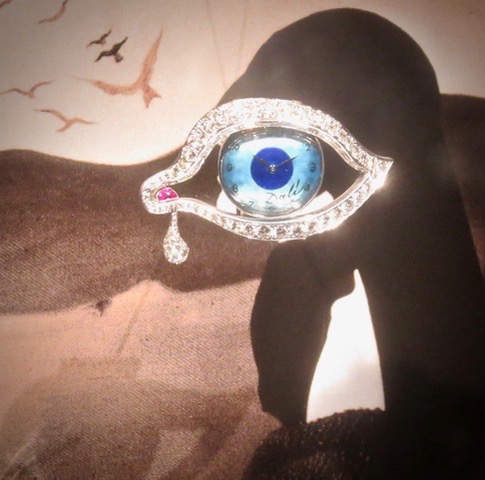
Tiffany Sapphire, Ruby, and Diamond Broach Designed by Dali Dali Museum, Figueres, Spain
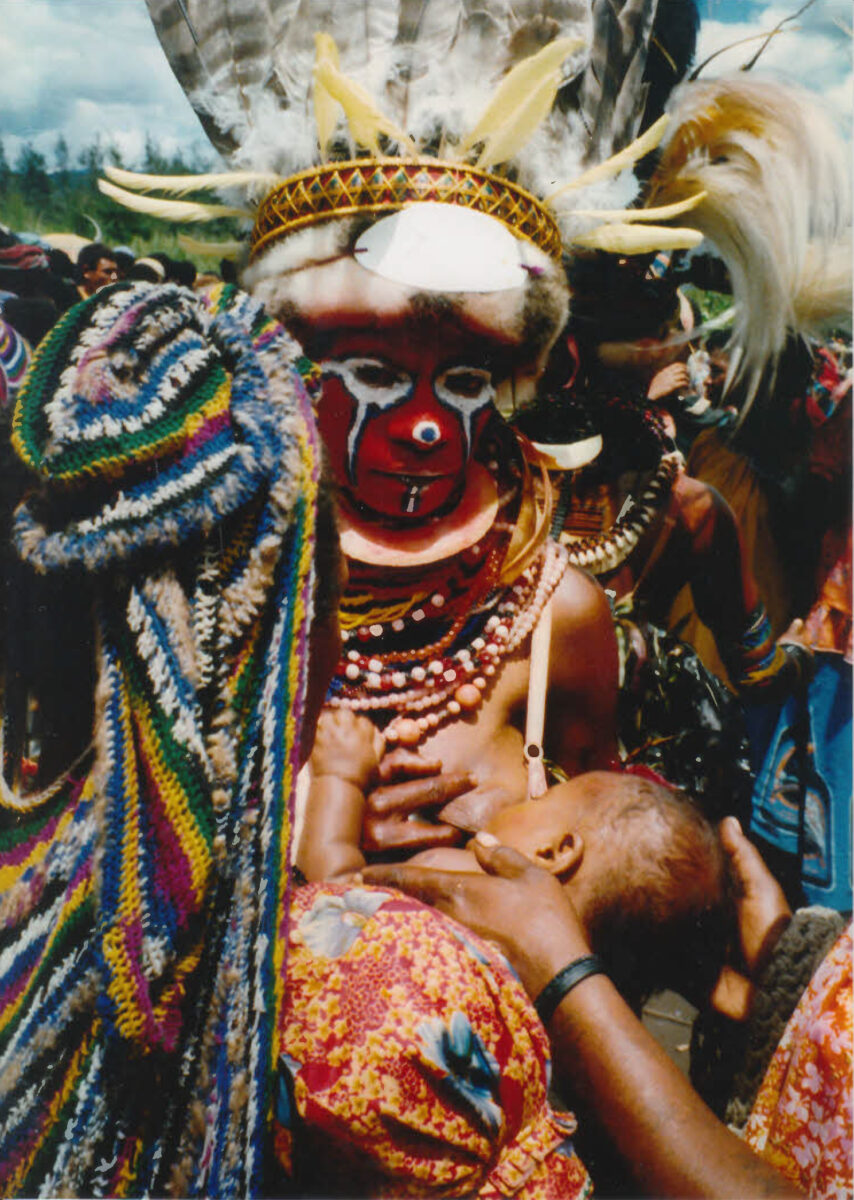
Huli Mother Nursing Baby, New Guinea

Asaro Mud People, New Guinea

Participants of a Huli Sing-Sing Ceremony, New Guinea
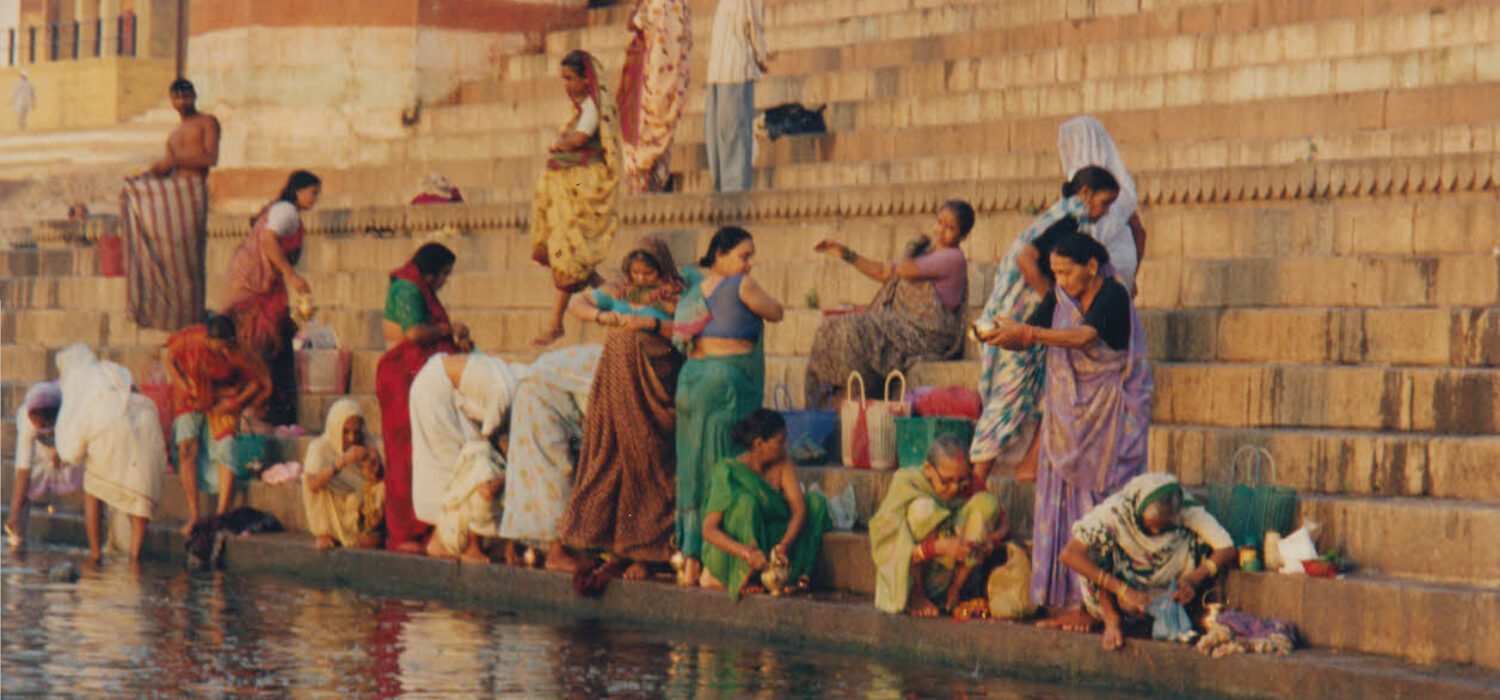
Life along the Ghagara River, India
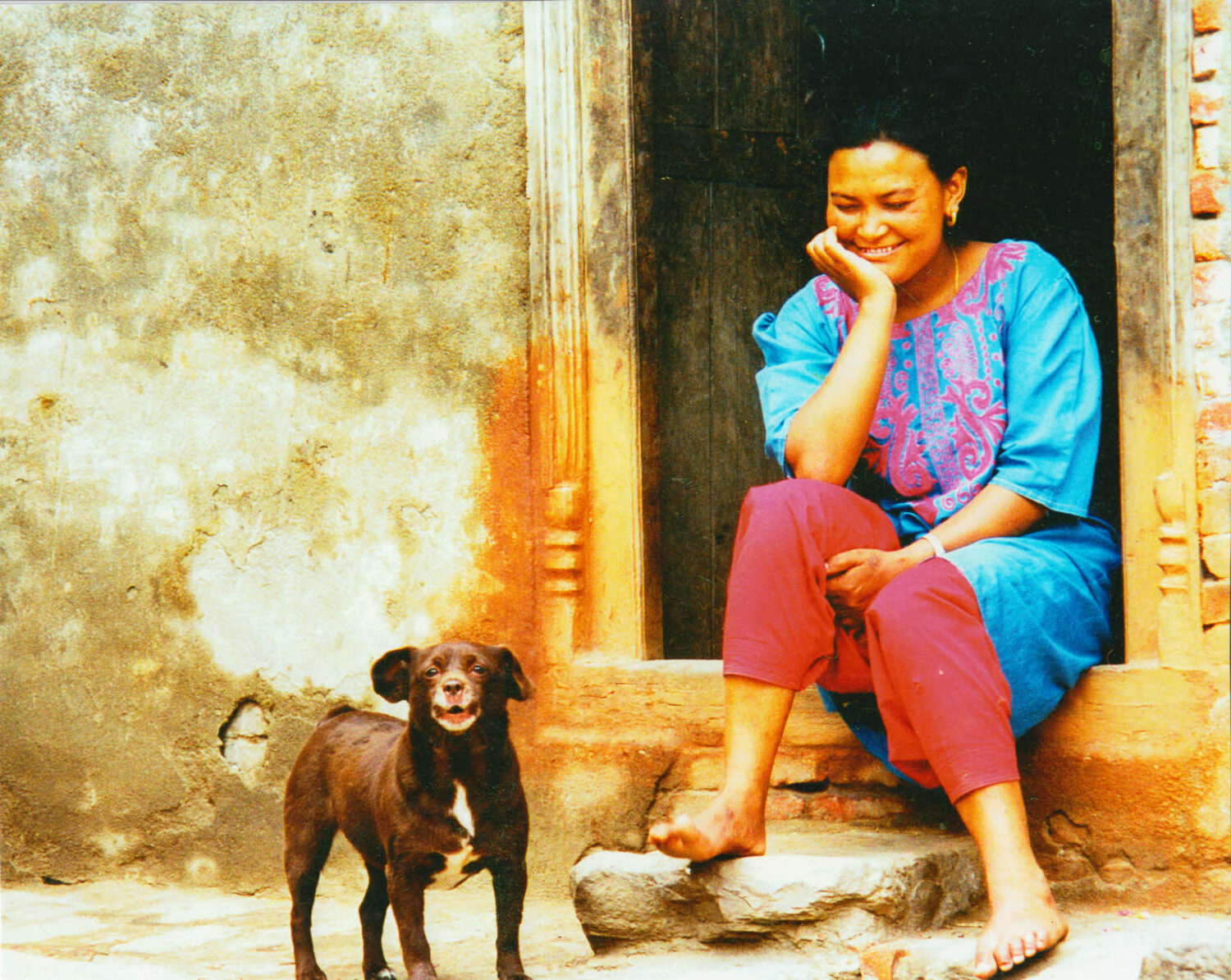
A “Shared Smile”, Nepal

Chocolate Display – Rinascente Department Store, Milan

Rapa Nui – Anakena waves
On the north shore of Rapa Nui is the island’s only real beach: Anakena. And pounding it, waves that have had almost 4,000 miles to build up steam since leaving the South American coast. Looking into the descending sun, I took this shot, never suspecting it would accentuate their force to this point.

Young Girls at the Argungu Fishing Festival in Nigeria, West Africa
In West Africa tribes use tribal scars to identify their tribe. These scars are burned or cut into the faces of both girls and boys during their childhood. Salt or diesel is rubbed into the wounds to prevent healing thus leaving a dark scar. The result is a lifelong mark which will identify their tribe. Other reasons for scarring are for beautification, witchcraft and superstitious beliefs. Some tribes in West Africa not only use facial scars, but body tattoos as well.

Bazaar Baby
Encircling one of the largest mosques in India, the Jama Masjid in Delhi, is the colorful and pungent Meena Bazaar.

Curiosity
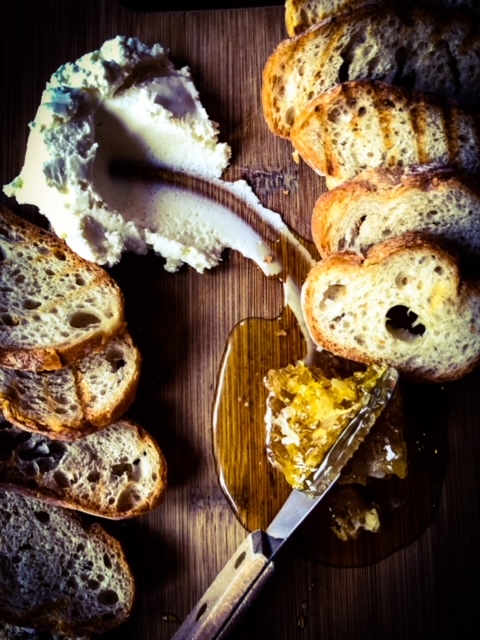
What human isn’t interested in food?
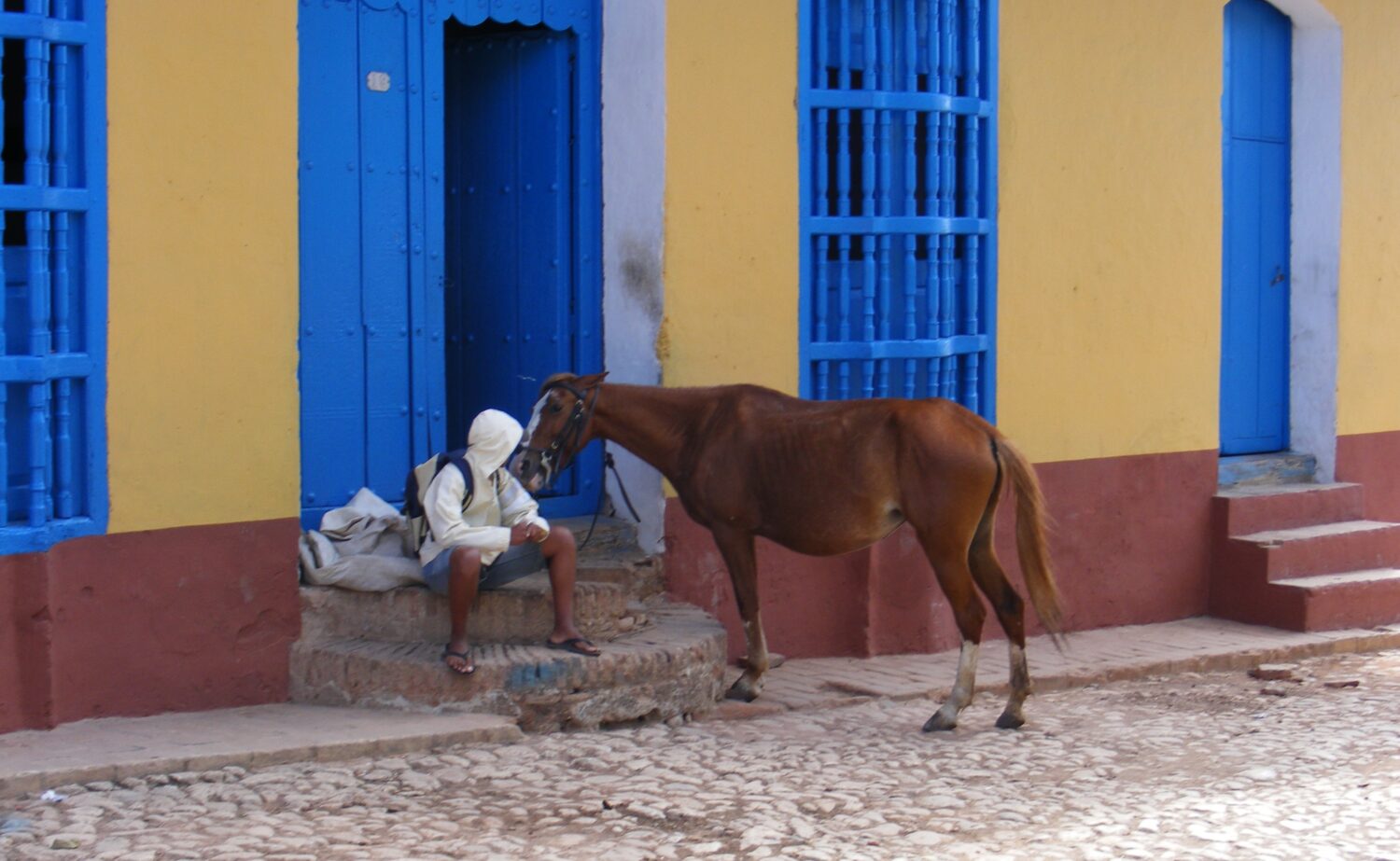
A Man and his Horse, Trinidad, Cuba
Trinidad was once a major city in Cuba, but it has no harbor. So it became a backwater.
When the sugar industry went belly up, the town put its Spanish Colonial architecture to use and recreated itself as an open-air museum. Houses were painted in bright colors and men on their haunches were resetting the cobblestones of its streets. This man was having a long conversation with his horse. Based on the position of the horse’s ears, I’m not sure it was a friendly conversation. I couldn’t hear.
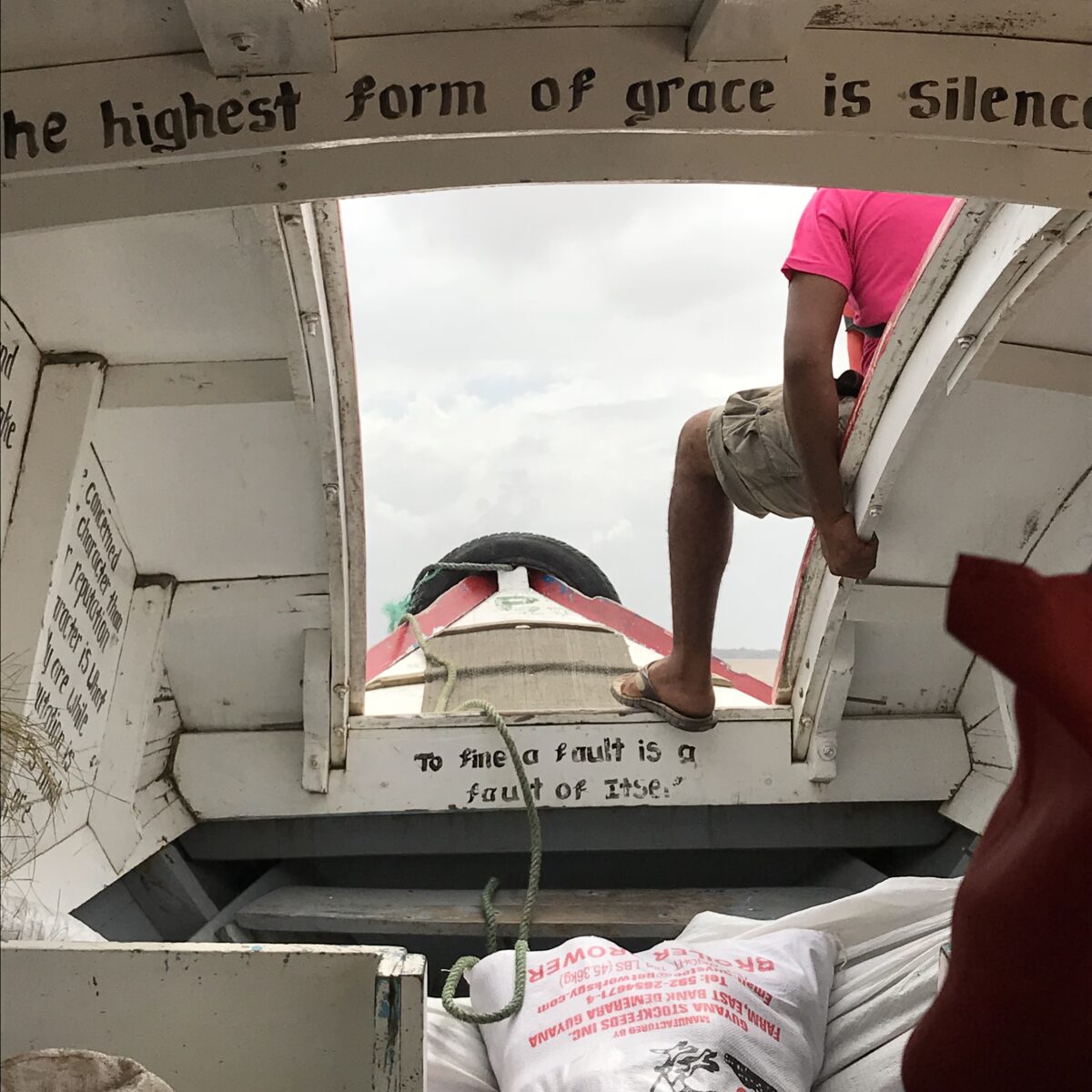
A Glance at Guyanese Grace
This shot places the viewer inside a small, covered wooden boat speeding out into the delta of the Essequibo River in Guyana in January of 2018. I ended up on the boat randomly after being invited by a gentleman, Mr. Singh, to join him and a marshal of the Supreme Court who were journeying via multiple boats to an island in the delta to serve judgment papers. Hand-scrawled proverbs lined the hull and we took some pretty hard bounces over the brown sheets of water. After serving the papers, we enjoyed fresh coconut cut from the tree by our “cab driver” – the only one on the little island.
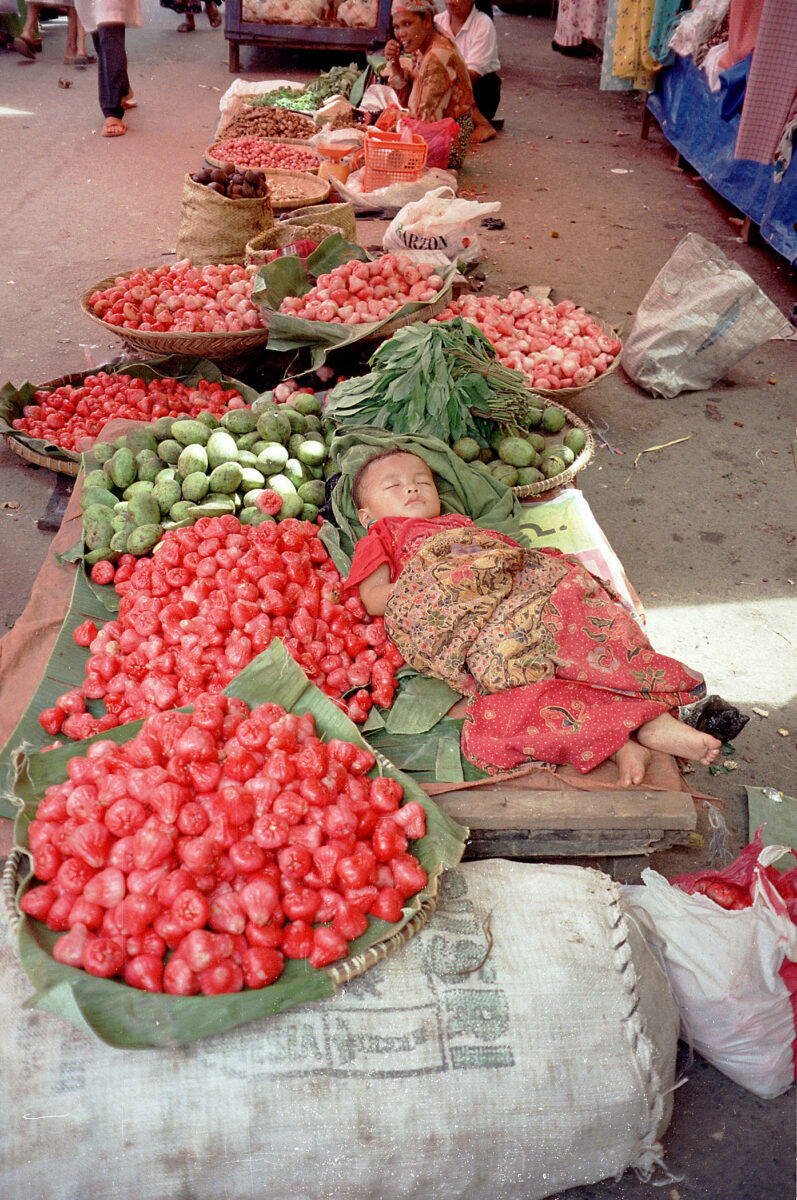
A baby resting among fruit in Indonesia
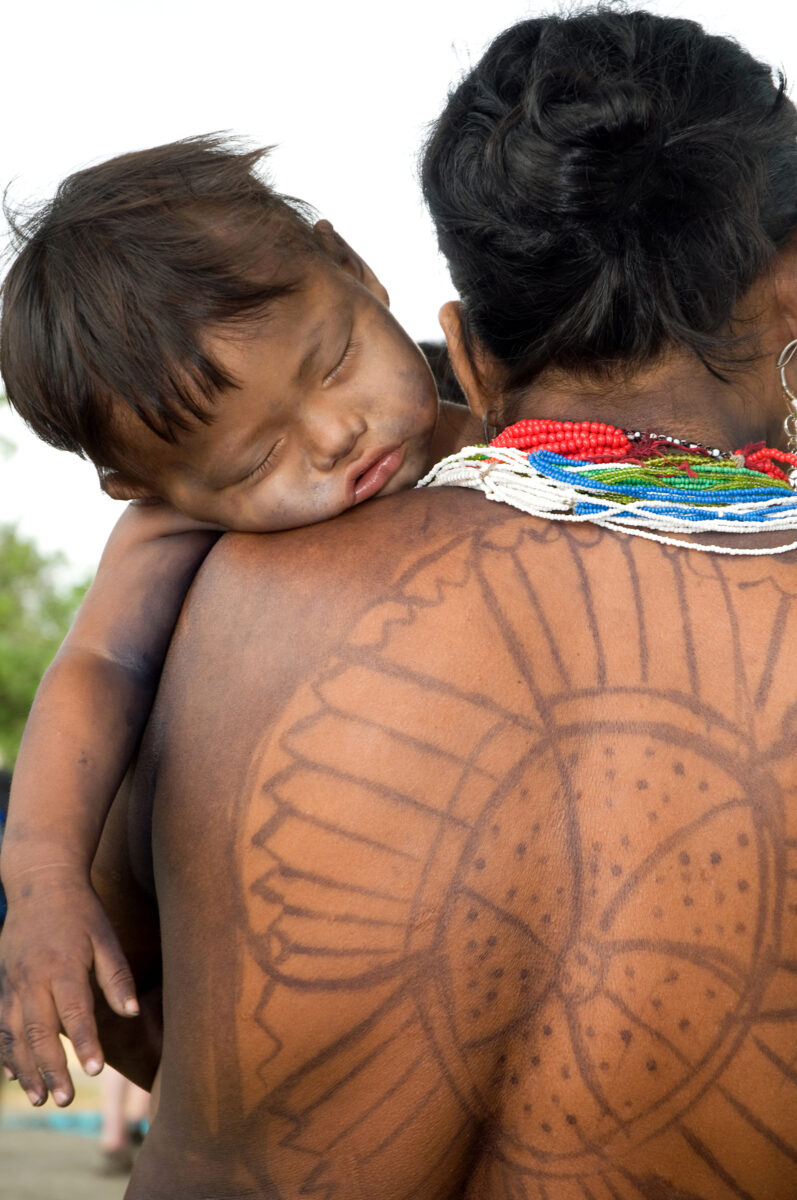
An Emberá mother and child in Panama
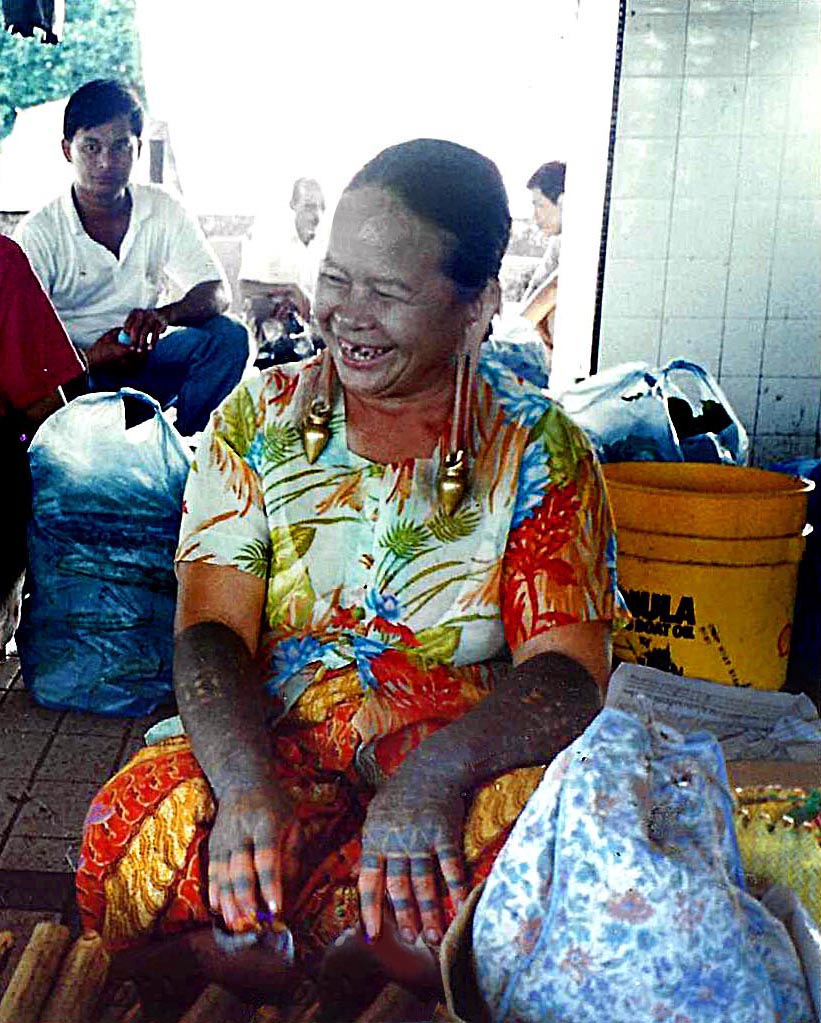
A lady in a wet market on the Island of Borneo selling betel nut.
Check the heavy brass earring pulling her earlobes down and the tattoos on her arms and legs.
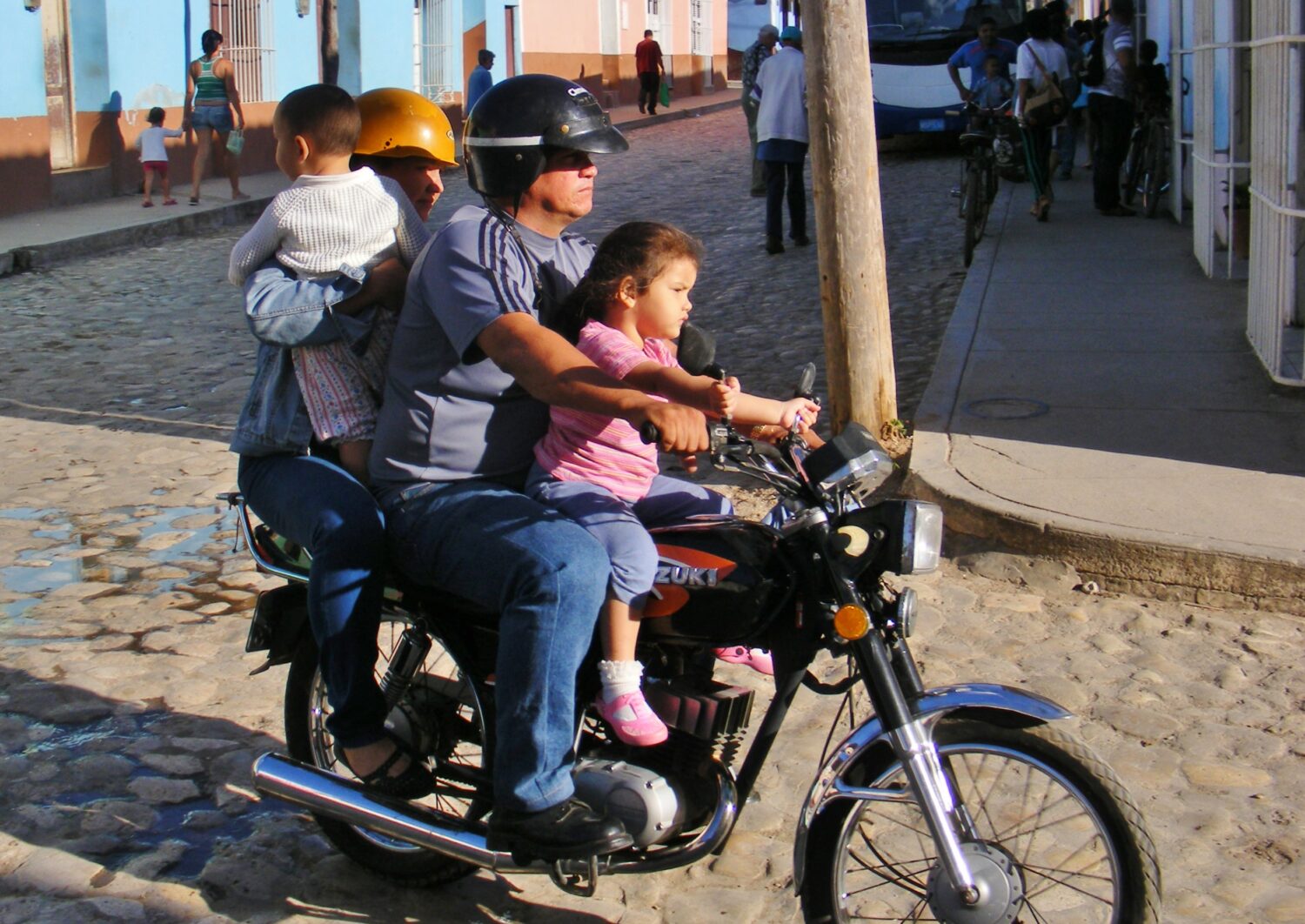
Riding Home from School, Trinidad, Cuba
Since I took this photo, I’ve seen five or six people on a motorcycle, in China. But this was quite eye-opening at the time. It was the end of the school day, and Dad had picked up his daughter from school. Mom brought the baby along. As far as safety is concerned, both parents do have helmets, but not the children. The girl’s clothes are quite the fashion statement, down to her pink shoes and ruffled socks. Factor in the bumpy cobblestones of the street and you have quite a ride.
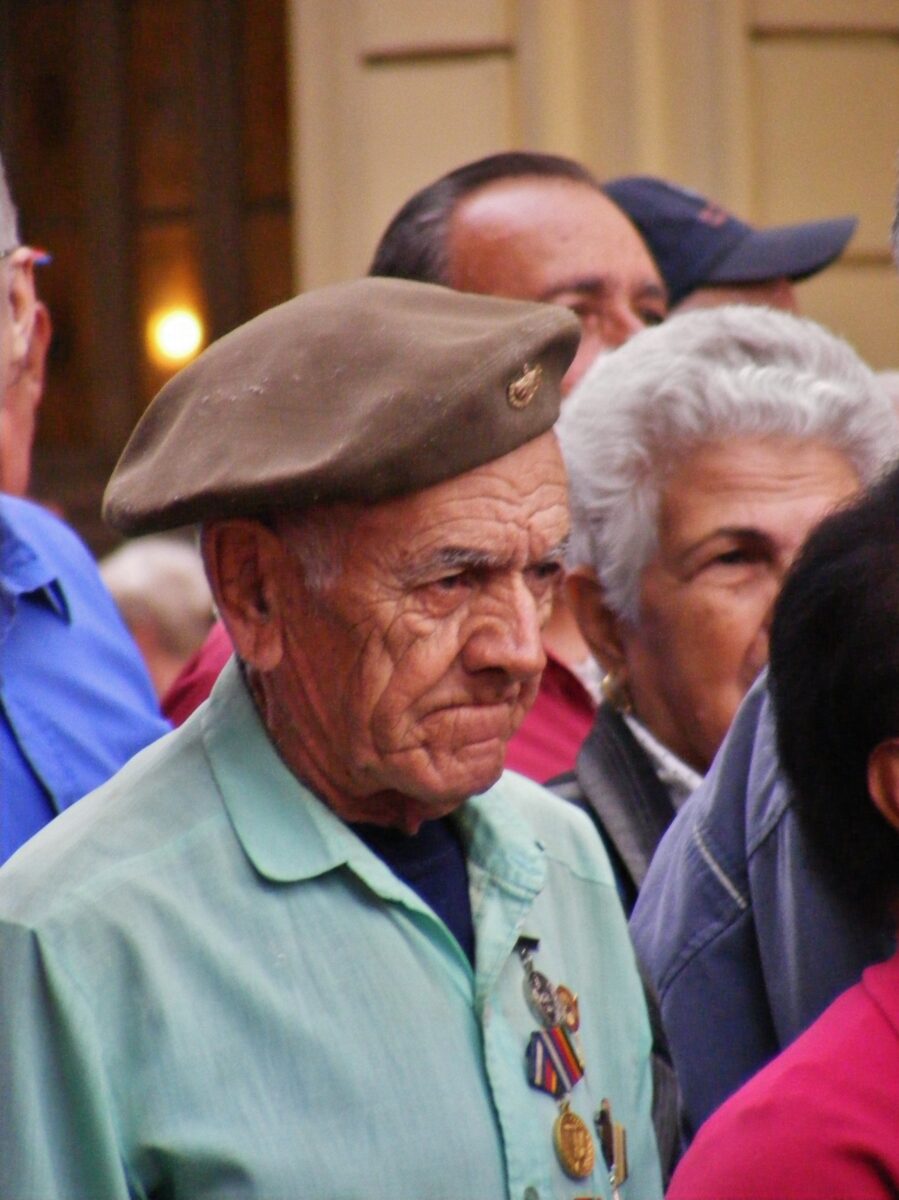
La Habana, Cuba 2015
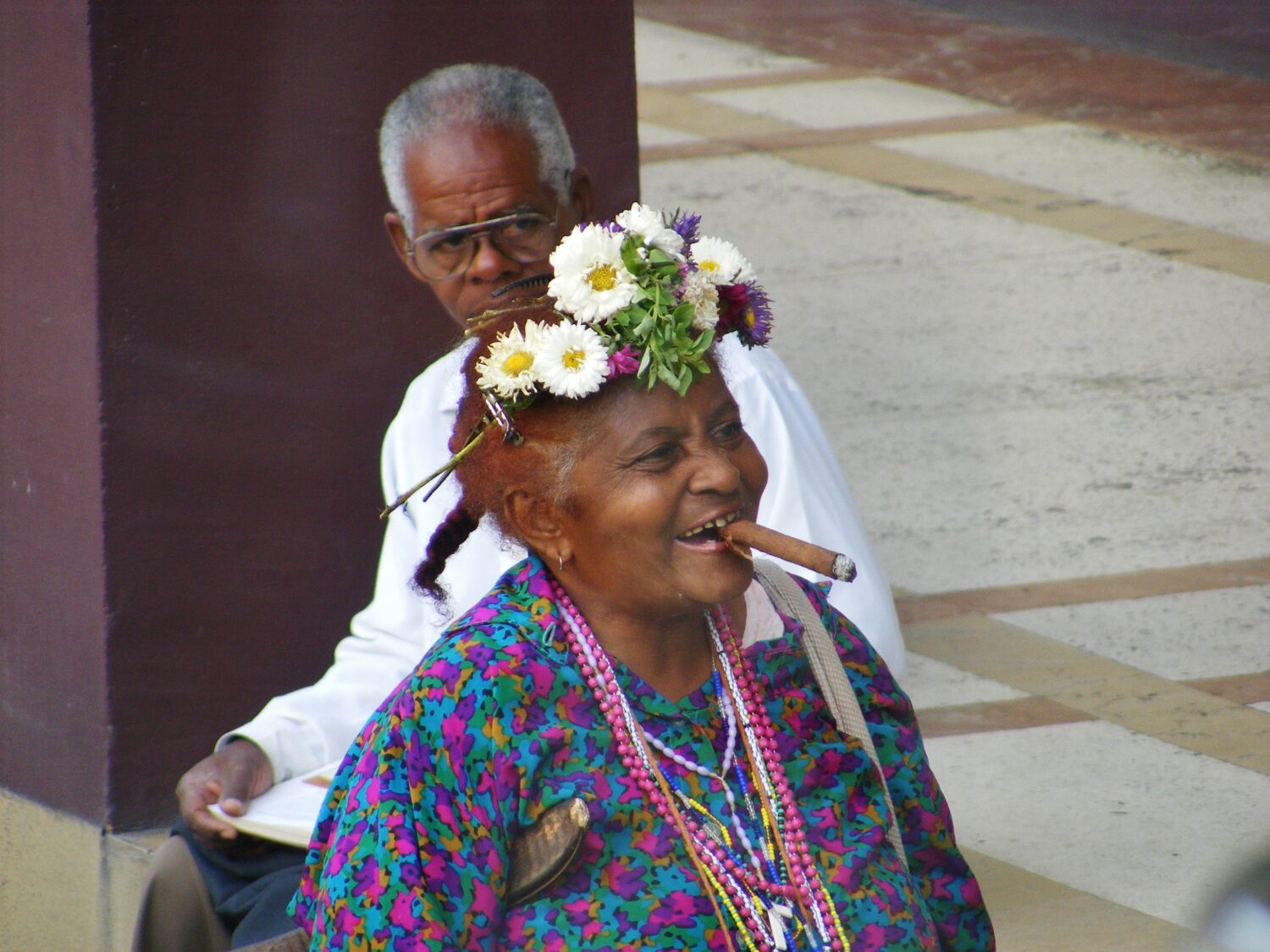
La Habana, Cuba 2015
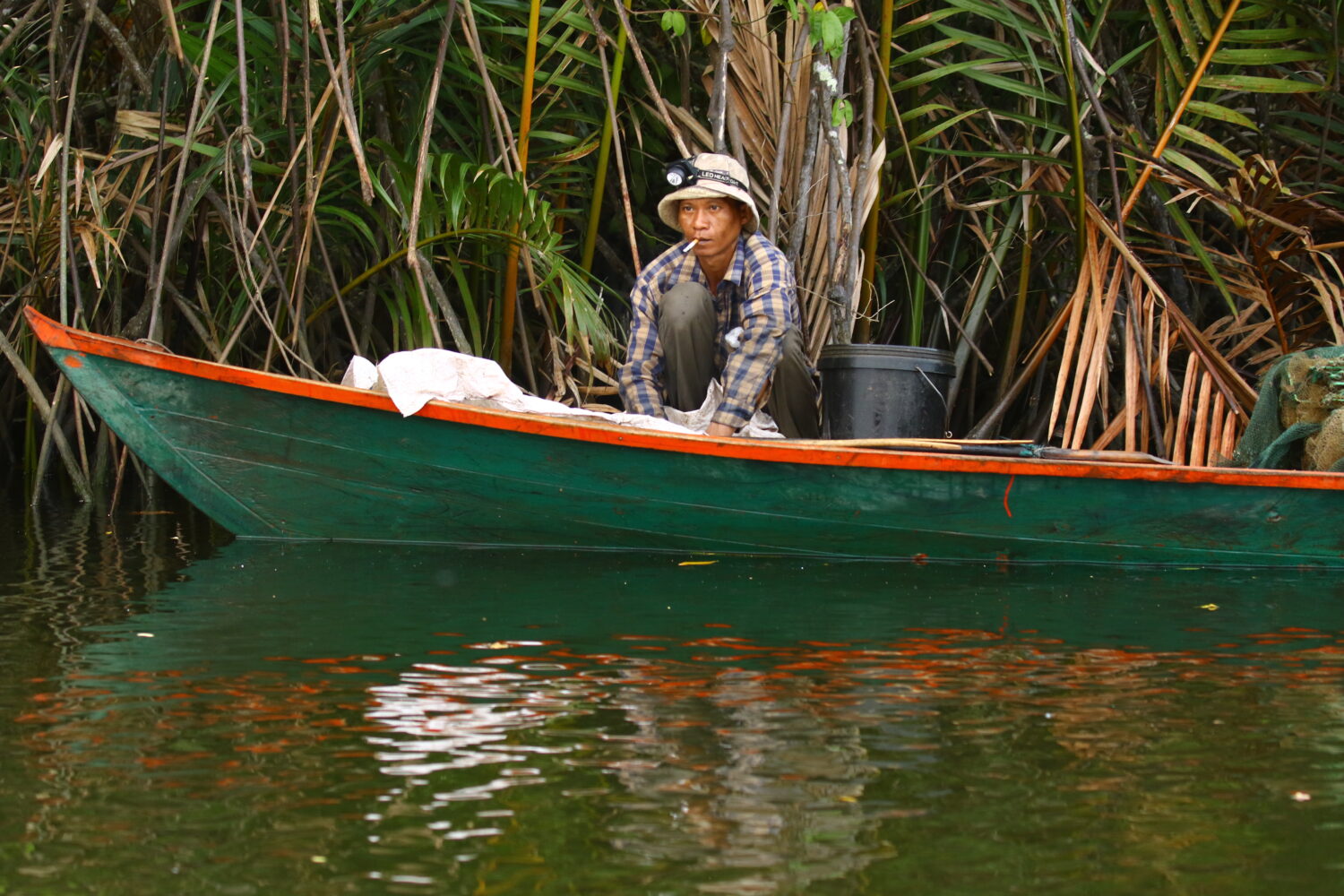
Burmese Fisherman
Headed up river out of Sitwell, Myanmar we passed many photo opportunities. This is one of my favorites.

Footprints
We always like to inject some “local” humor in our travel shows. We found these footprints in Cairns, Australia. As only the Aussies could do, turquoise feet on coral concrete.
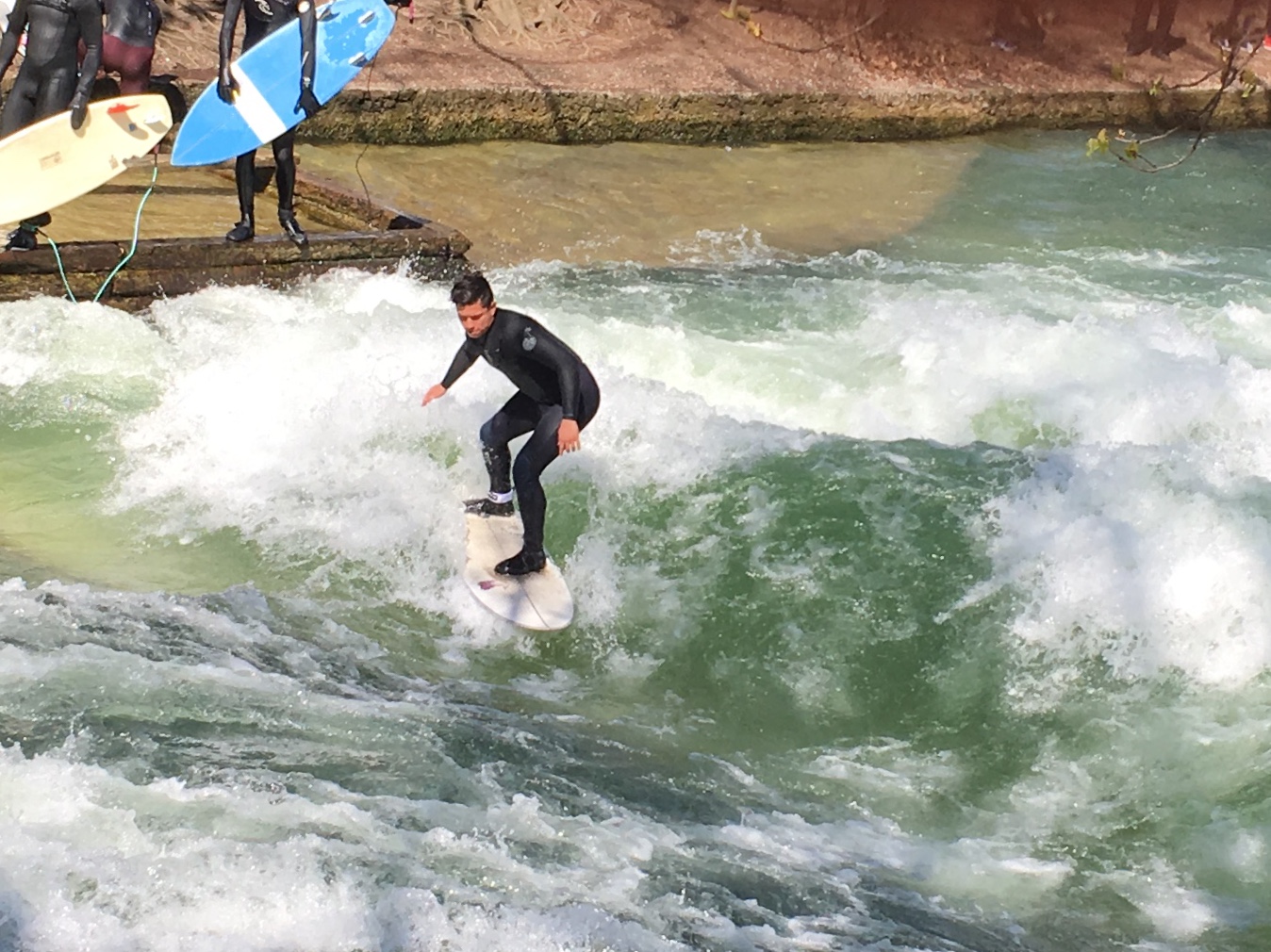
Surfing in Munich
This picture was take in downtown Munich on the Eisbach River. It is only 2K long and man-made through the park known as Englischer Garten. A man-made wave was created on one section. It is extremely popular and dedicated local surfers lined up to take their turn crossing. There was also quite an audience to watch them on a warm spring day. I thought it was creative to engineer surfing so far from the ocean in such an unlikely place. I really enjoyed watching the “show”.

The Uru
Uru lady on a floating island in Lake Titicaca near Puno, Peru.

The Commute
Daily commute on Pyongyang, DPRK subway (2010) with the watchful eyes of the Great and Supreme Leaders

Decision Time, Sagres, Portugal
Late on a wintery afternoon at the Tonel Beach, two young surfers ponder whether to go into the water or not.
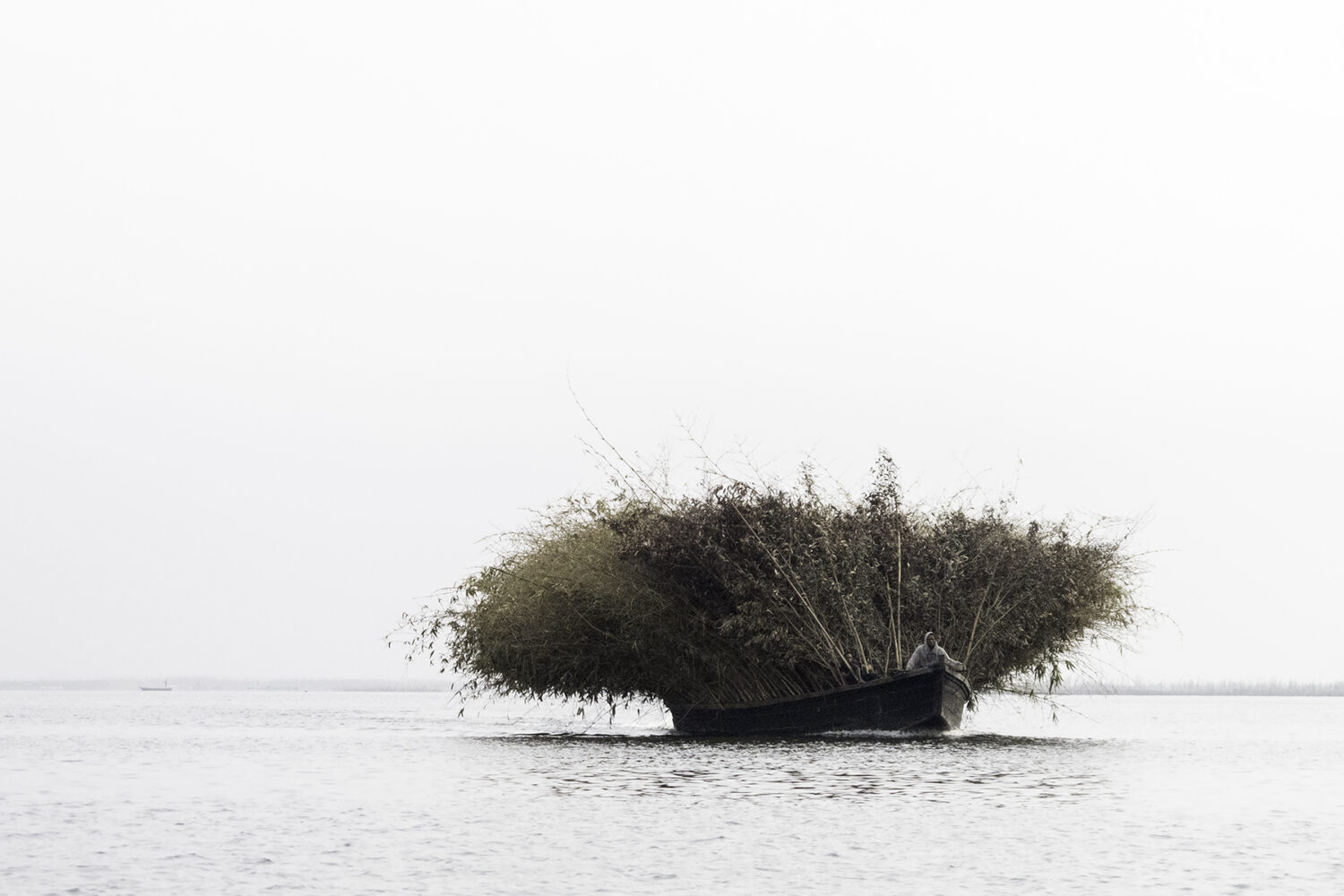
Loaded!, Lake Nokoué (near Cotonou), Benin
Somewhere on Lake Nokoué on my way to Ganvié on an early foggy morning, I crossed paths with a traditional wooden boat loaded with bamboo stalksfor an Acadja. This traditional method of fishing can be thought of as “organic aquaculture!” Tree branches—normally palm tree fronds or bamboo stalks—are stuck vertically on the muddy bottom of the lake. As they rot, they provide added substrata for the development of local ecosystems of micro flora and fauna, i.e., food for the bigger fish. The actual fishing takes place 8 to 9 months after the branches are stuck in place, when the fishermen encircle the Acadjawith nets, remove the branches, and catch the fish in what used to be their feeding grounds. Acadjascover large areas, sometimes as large as two or three soccer fields. The branches are first transported by truck to improvised docks on the lake. They are then loaded into big traditional boats, carried to the middle of the lake, and finally installed.

Blue
Marilu’s photography spans countries and cultures, languages and urban districts. She captures not just the physical appearance, but the essence of her subjects. Each piece is bursting with natural life and color! Her love of cultural diversity is infused in every angle. With photos from all across the world, each of Marilu’s photos encapsulates a small bit of that diversity.

Kids
Marilu’s photography spans countries and cultures, languages and urban districts. She captures not just the physical appearance, but the essence of her subjects. Each piece is bursting with natural life and color! Her love of cultural diversity is infused in every angle. With photos from all across the world, each of Marilu’s photos encapsulates a small bit of that diversity.
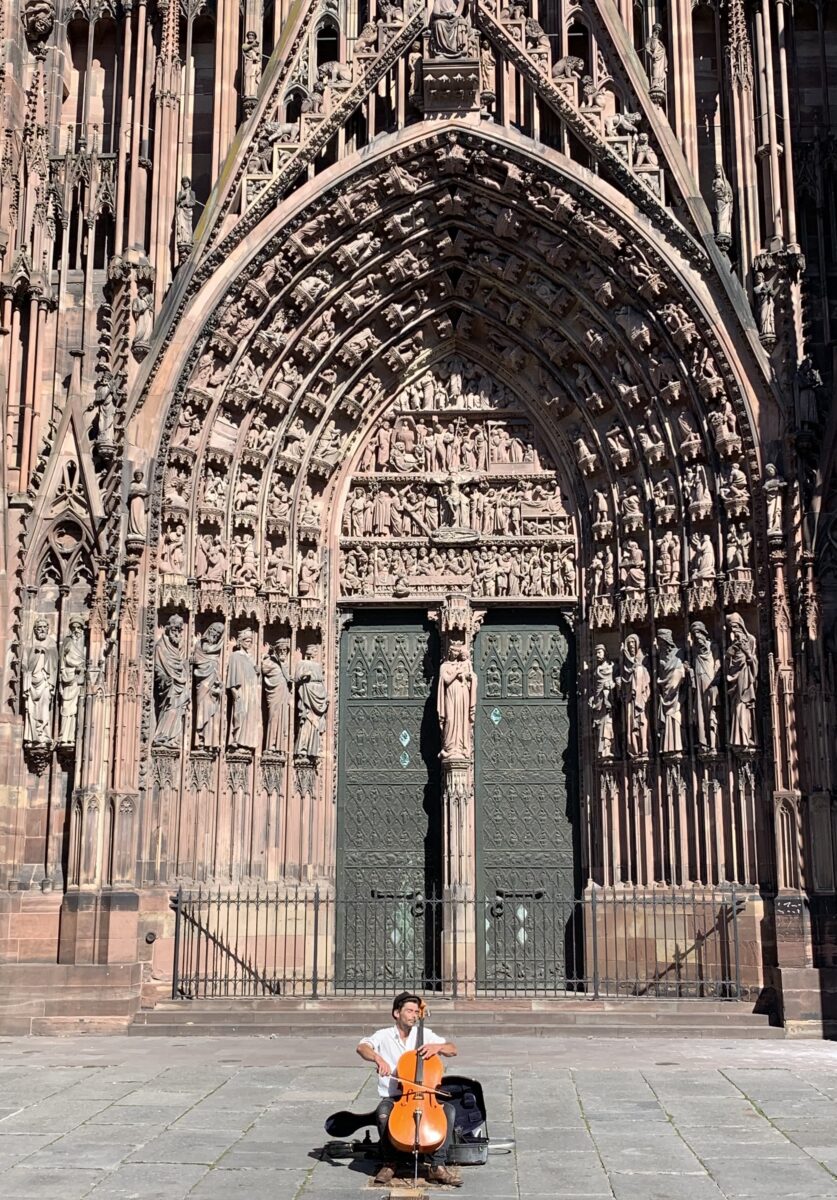
The Lonely Cellist
The Strasbourg Cathedral offered the perfect backdrop for this sole cellist.

So Many Lives
Seeing all these crosses on the graves of so many deaths during WWI made a statement no words ever could.
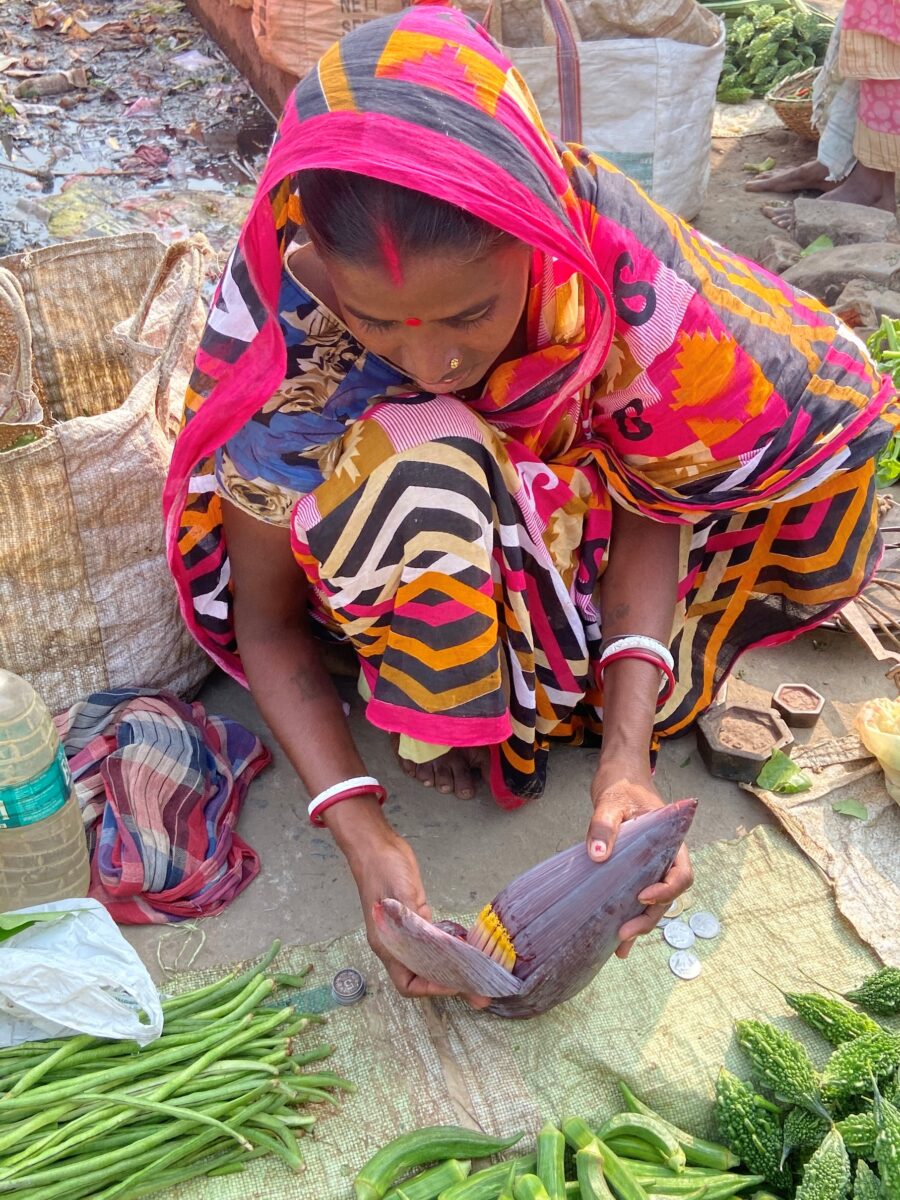
Colorful Vegetable Vendor in Matiari West Bengal, India
Her brilliant costume caught my eye as she prepared equally colorful vegetables for sale
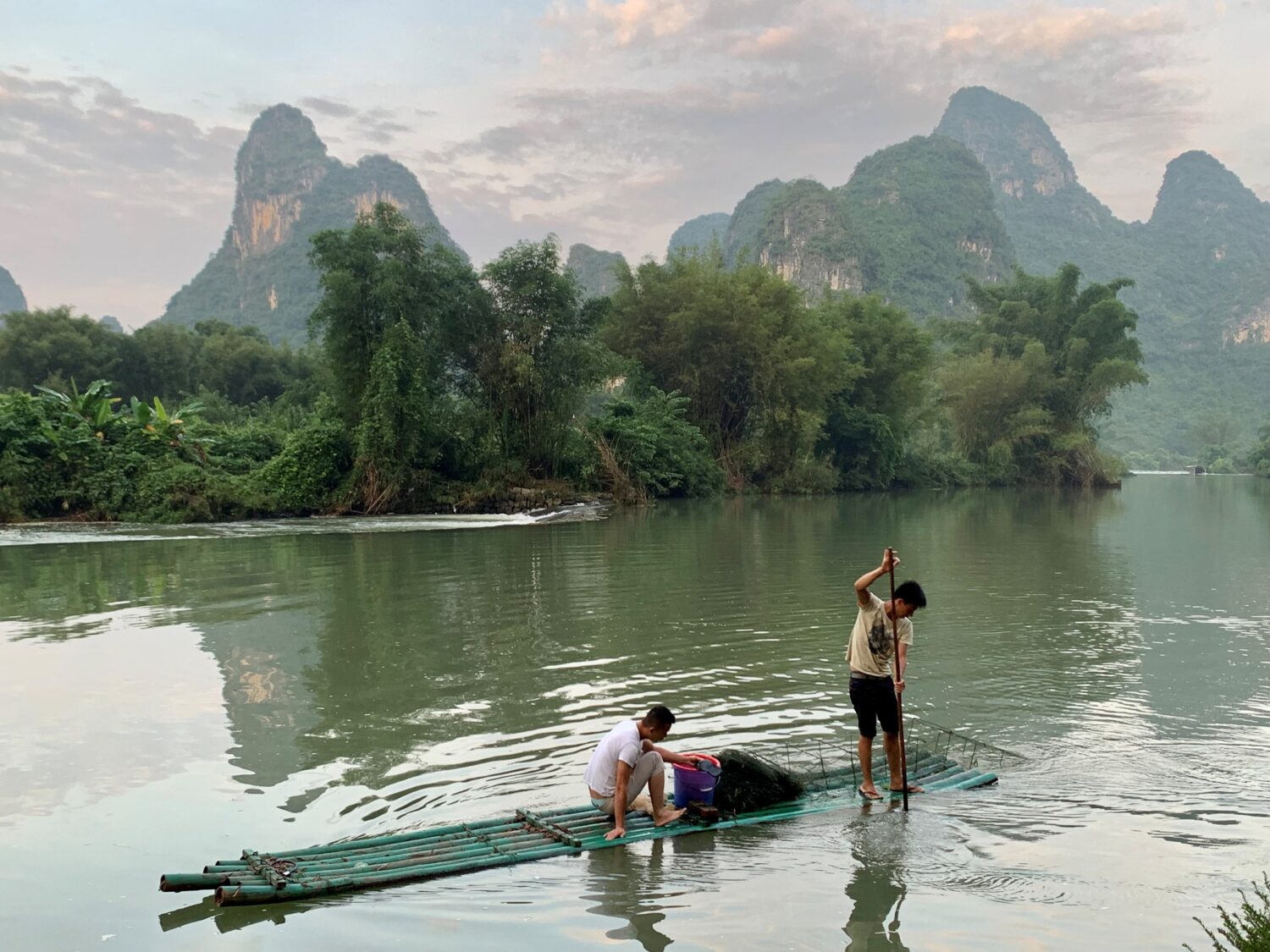
Early Morning on the Yulong River
Early-morning fishermen captured unaware on the Yulong River in Yangshuo, China
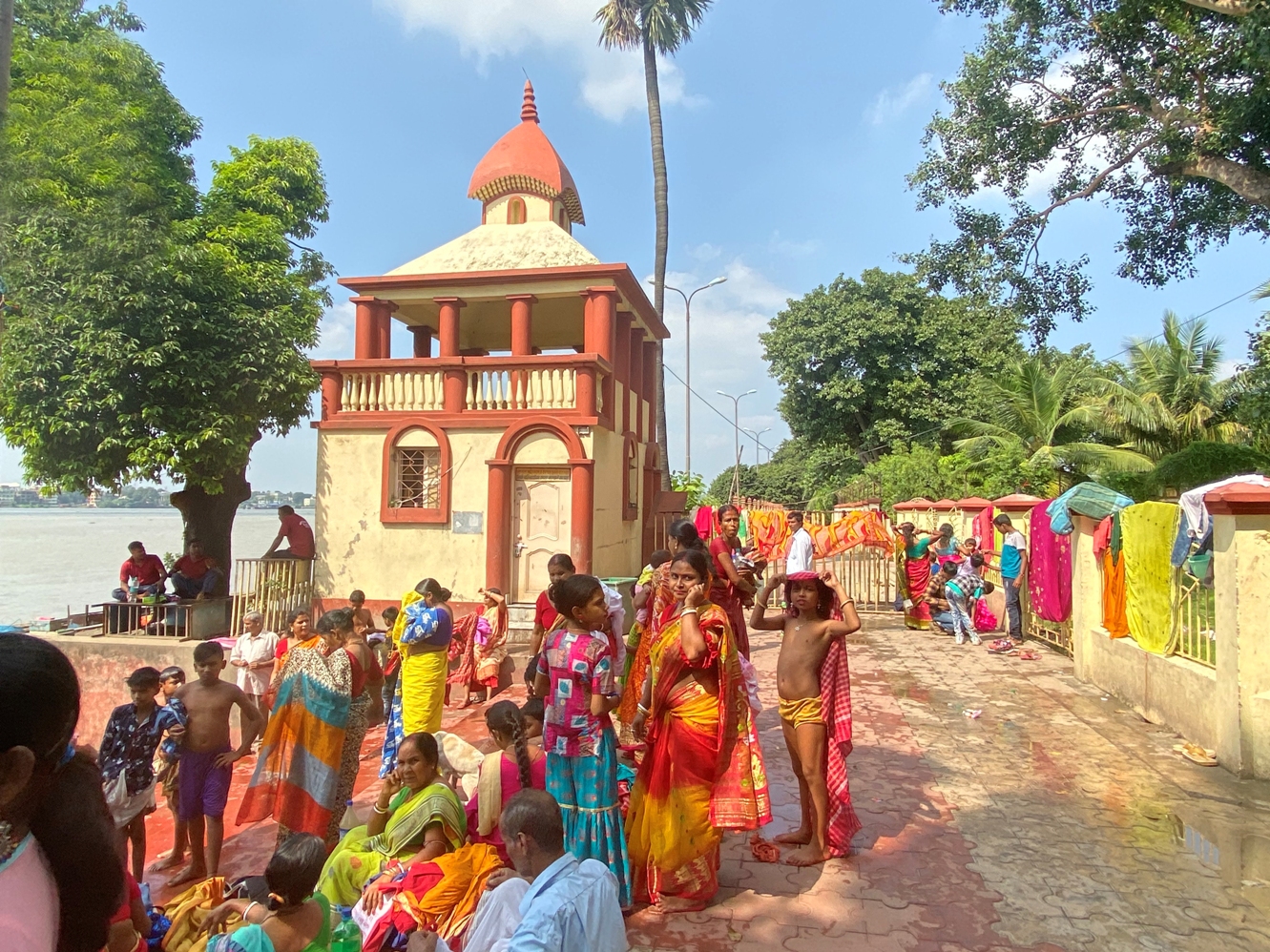
Colors of West Bengal
Kali Puja Festival time at the Dakshineshwar Kali Temple on the banks of the Hooghly River, Calcutta
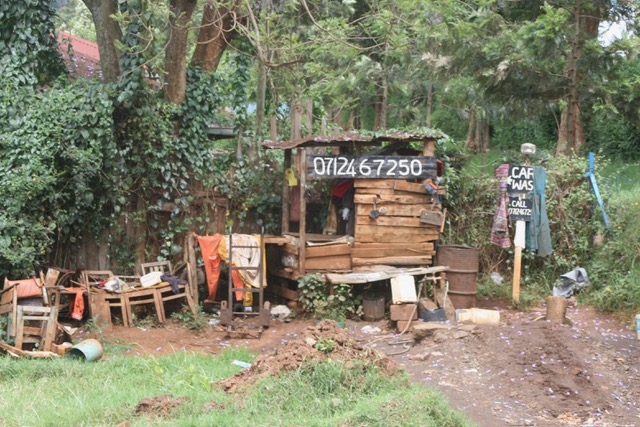
Car Wash in Tanzania

Wiseman of India
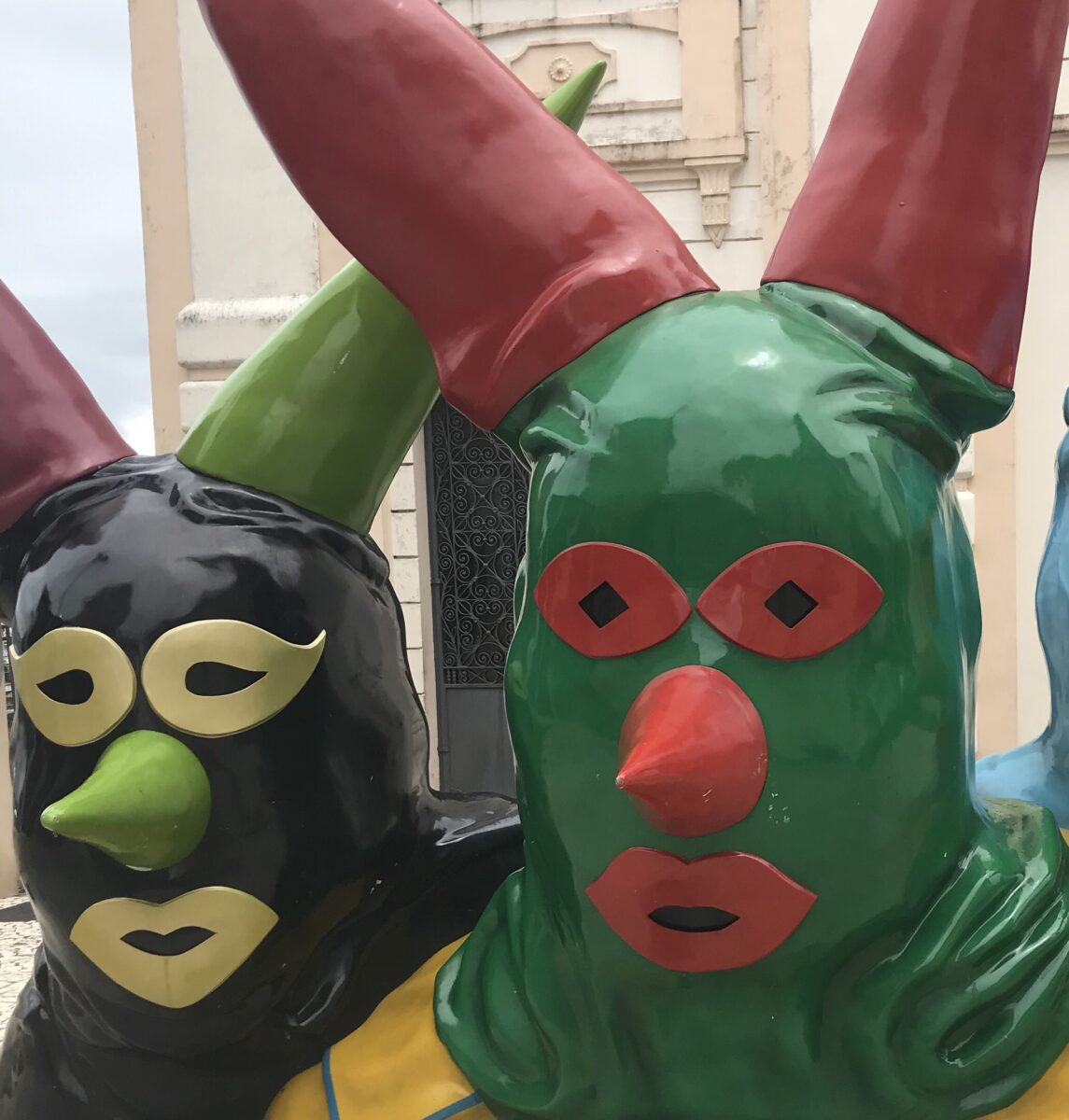
Carnival Brasil – March 2020
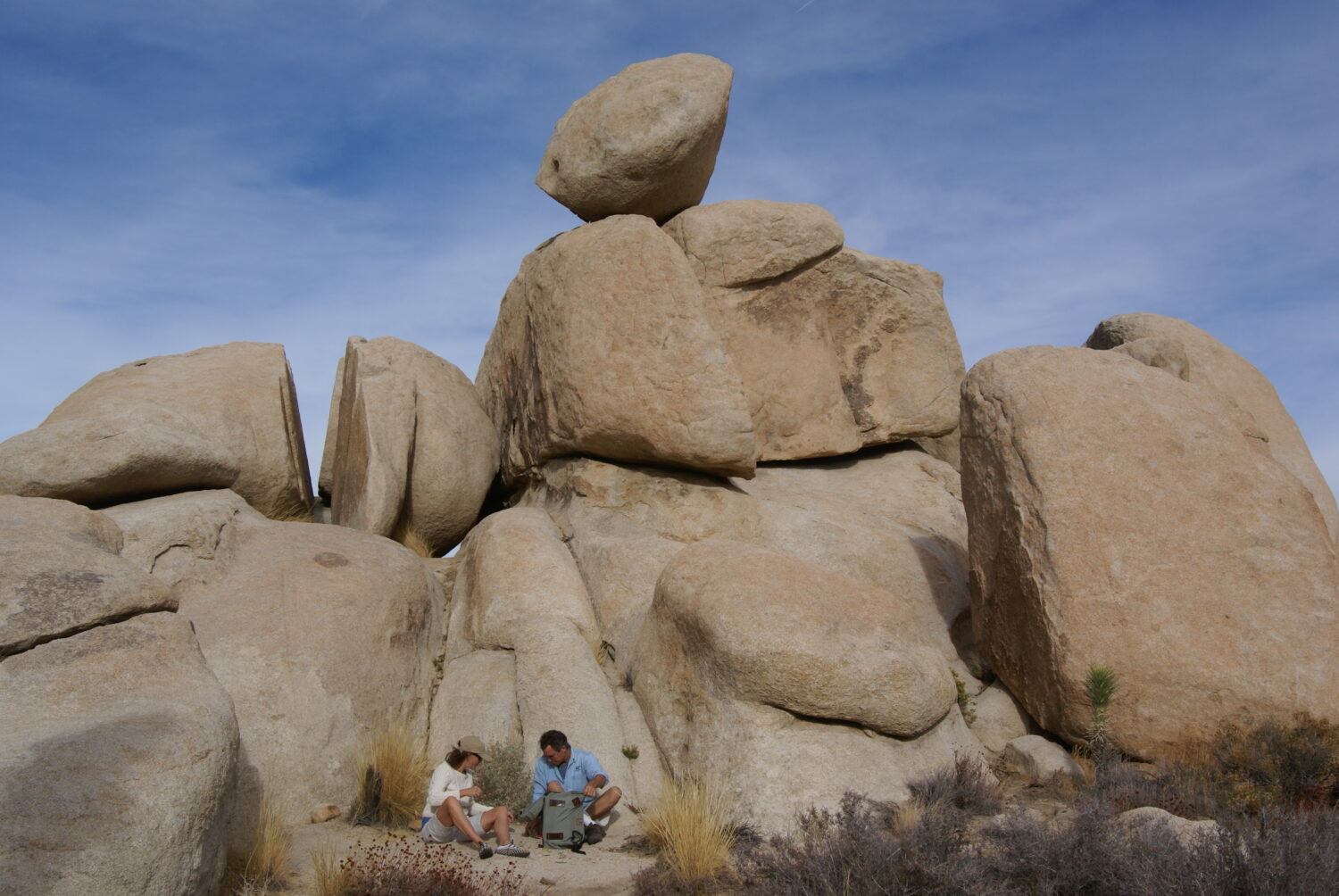
Perfect Picnic Spot
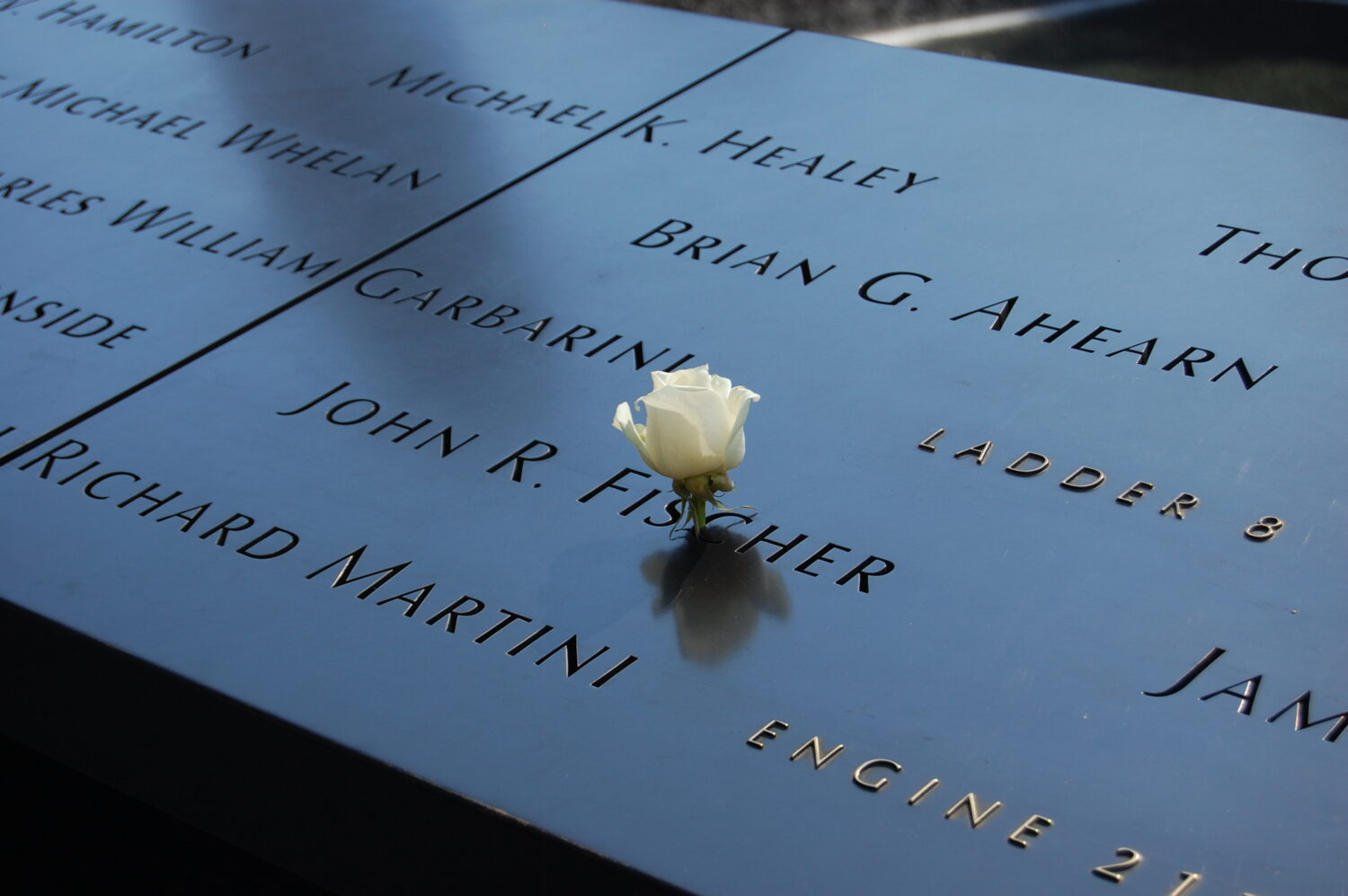
September 11 Memorial, New York City, United States
A white rose is placed to commemorate the birthday of those who passed away on 9-11.
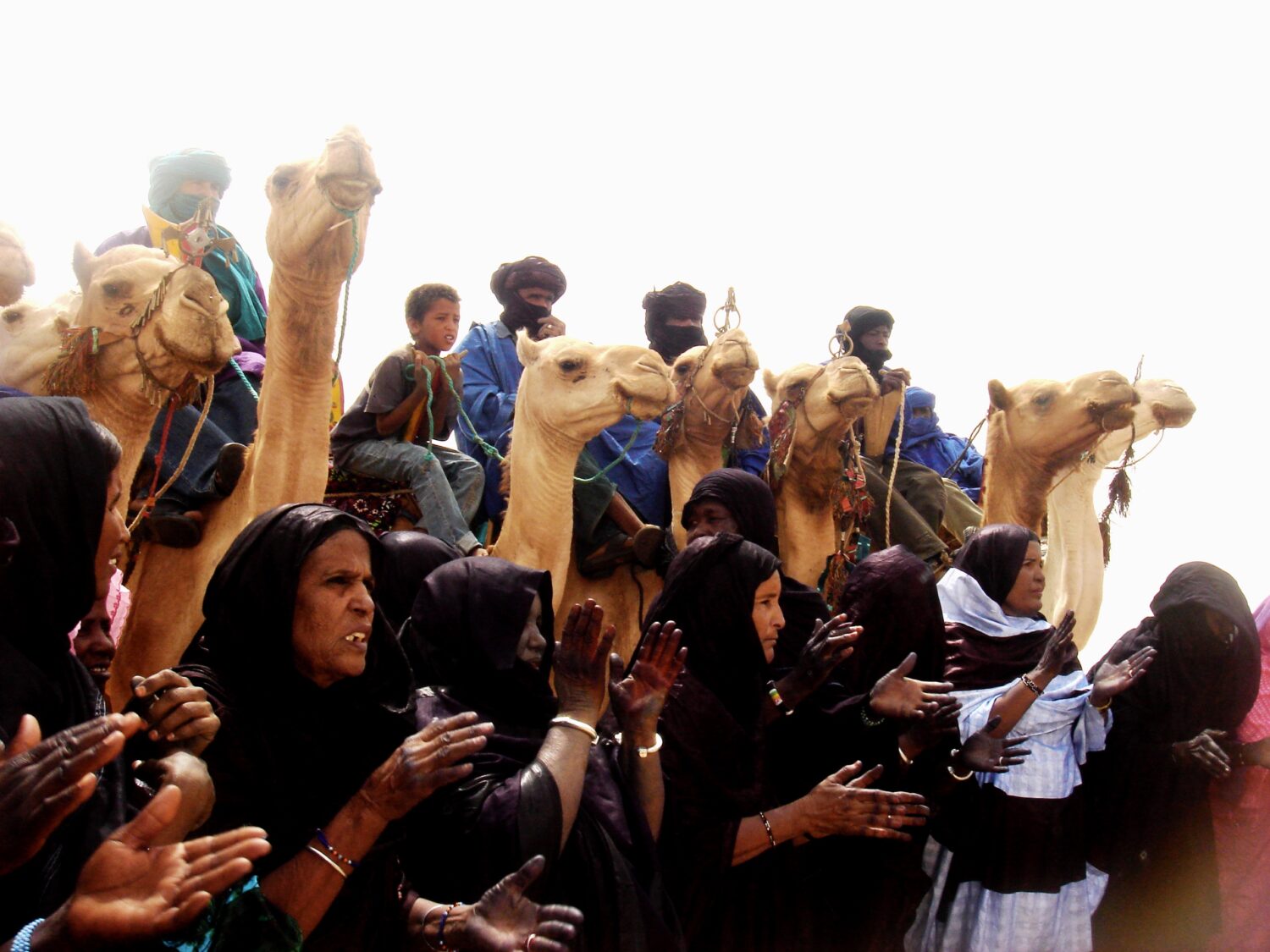
Blue Men of Timbuktu
Taken in Timbuktu, Mali. They are termed “Blue Men” because of their deep indigo robes and turbans, called tagelmoust. The color is gleaned from the ink of sea urchins imported from the Mediterranean. The women dry the ink in the sun and beat it into a powder, after which it is worked by hand into the fabric, giving it the deep, rich, color. Indigo is absorbed through the pores of the skin, and those who wear it often eventually take on a permanent blue tint—thus their name.
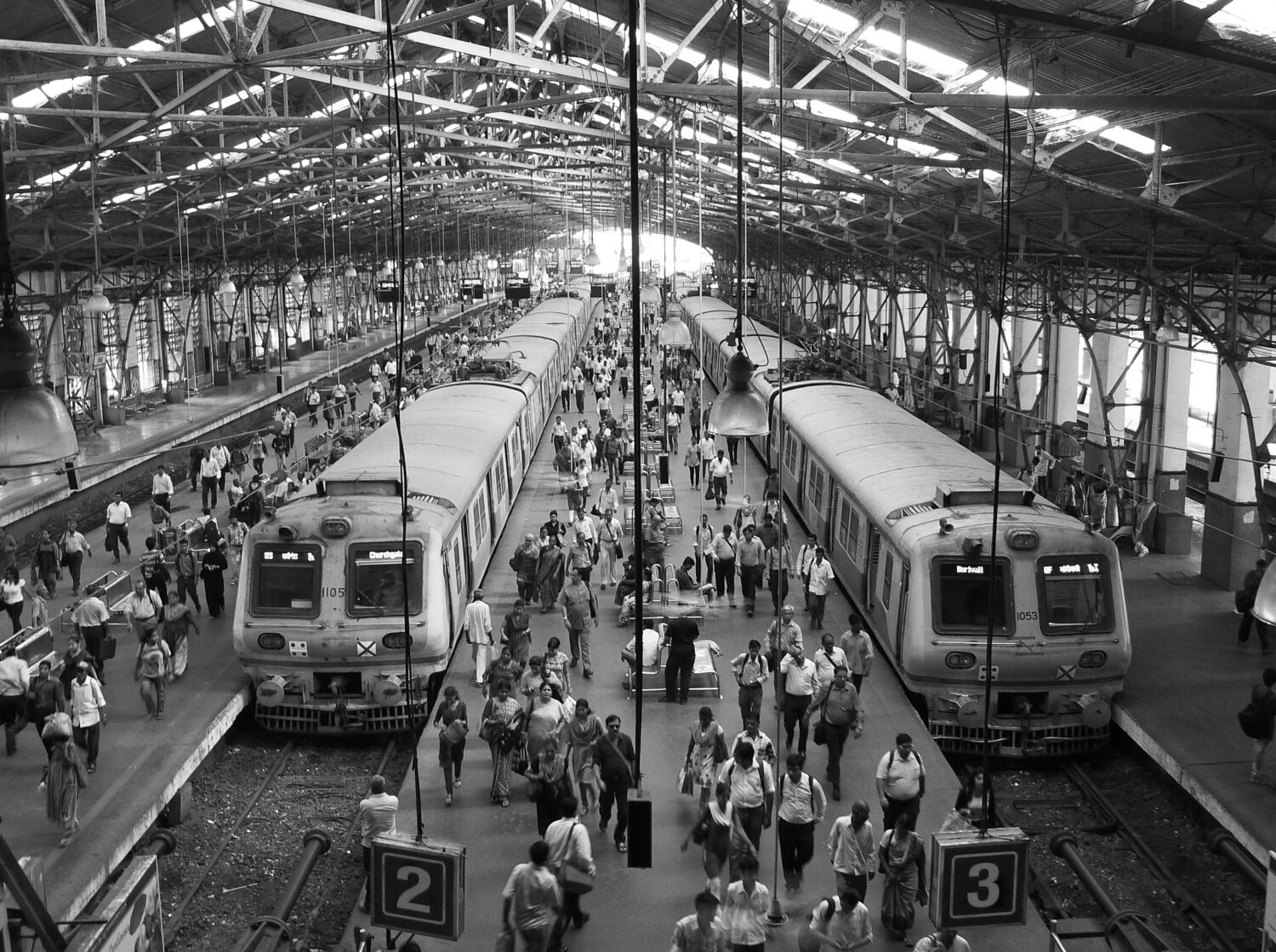
Churchgate Station
A major railroad station into Mumbai, trains come and go at a high frequency during the morning rush hour. I spent about an hour wandering around the platform taking pictures until a guard asked me to leave. I then went upstairs and found my way into an administrative office with about 50 employees working in cubicles. Walking into an open office, I found a perfect view of the trains and the platform where I could watch people headed to the next part of their daily commute.
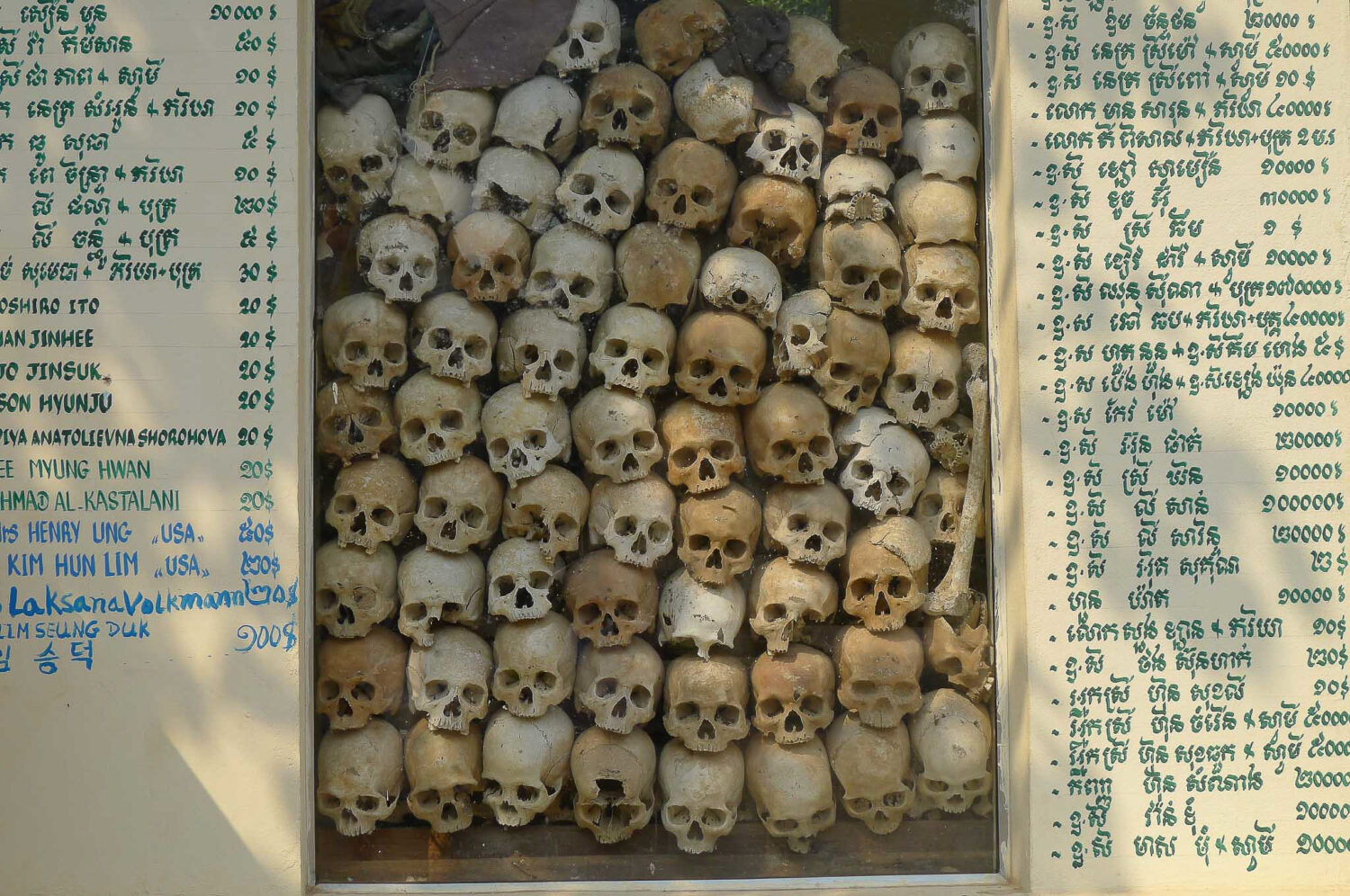
Memorial to the Cambodians
Near the city of Siem Riep, Cambodia, I found an understated memorial to a small group of Cambodians slaughtered by the Khmer Rouge. There was no English translation, and I wasn’t with a guide, but the visual of skulls neatly stacked inside a glass case about 9 feet high was quite impactful. Depending upon the source, nearly 30% of the Cambodian population was eliminated during the period of the Khmer Rouge.
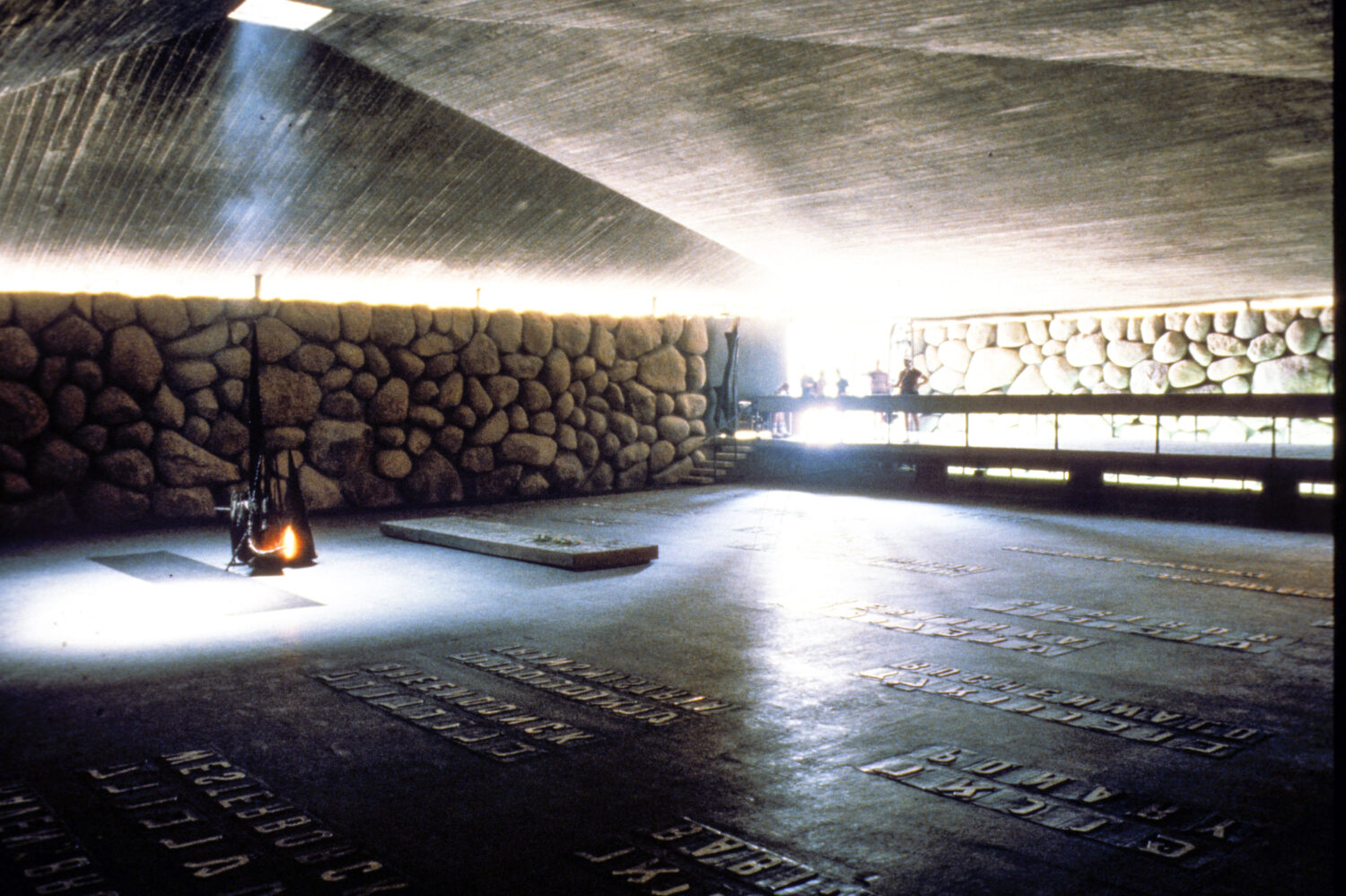
Yad Vashem
I first visited Jerusalem and Yad Vashem, the World Holocaust Remembrance Center in 1982. At the museum is The Hall of Remembrance inaugurated in 1961. Engraved on the floor are the names of 22 of the most notable Nazi death camps, and contained near the flame is a stone crypt containing ashes for Holocaust victims. The poignancy and emotion of the location, combined with the beauty of the architecture creates one of the most moving experiences from my lifetime of travel.

